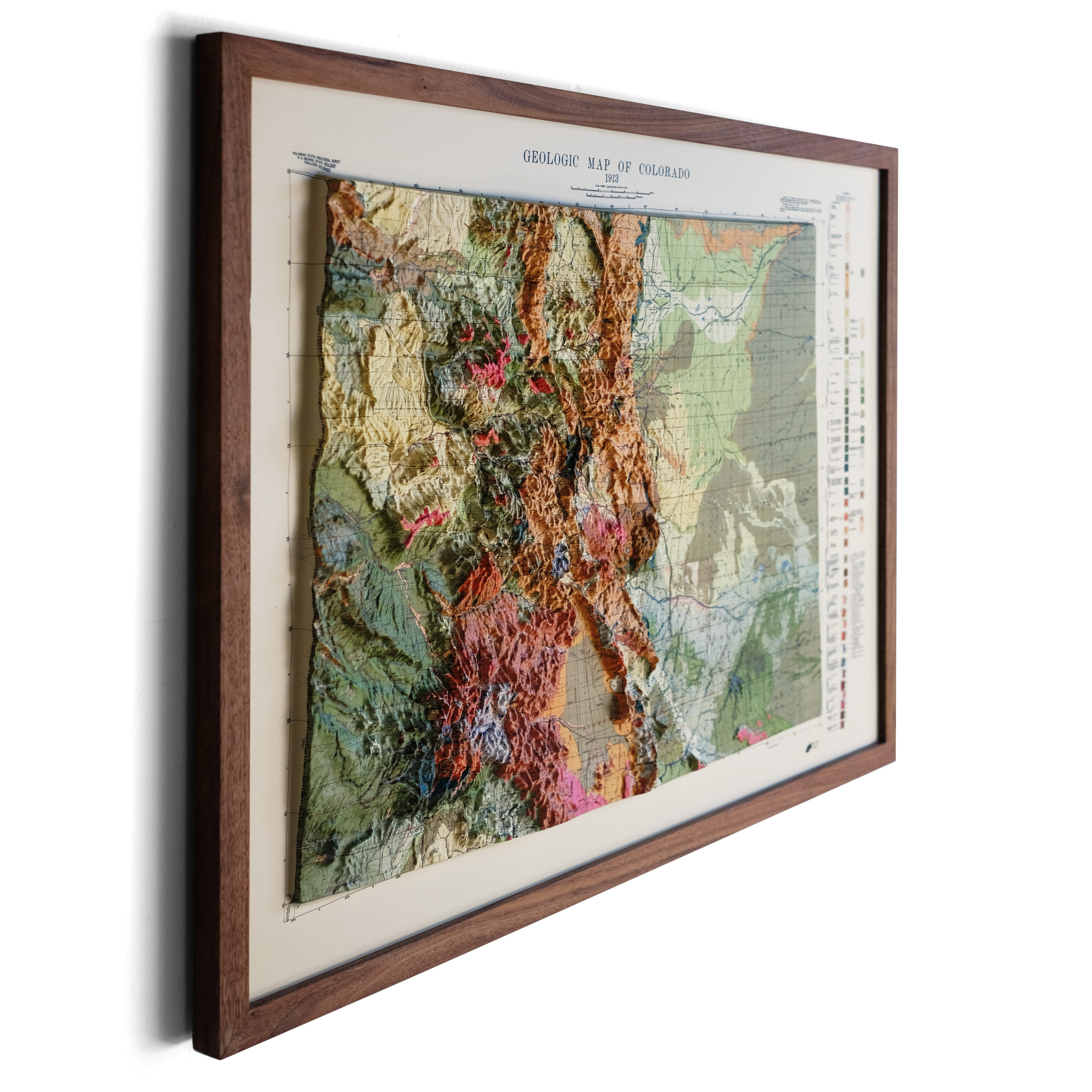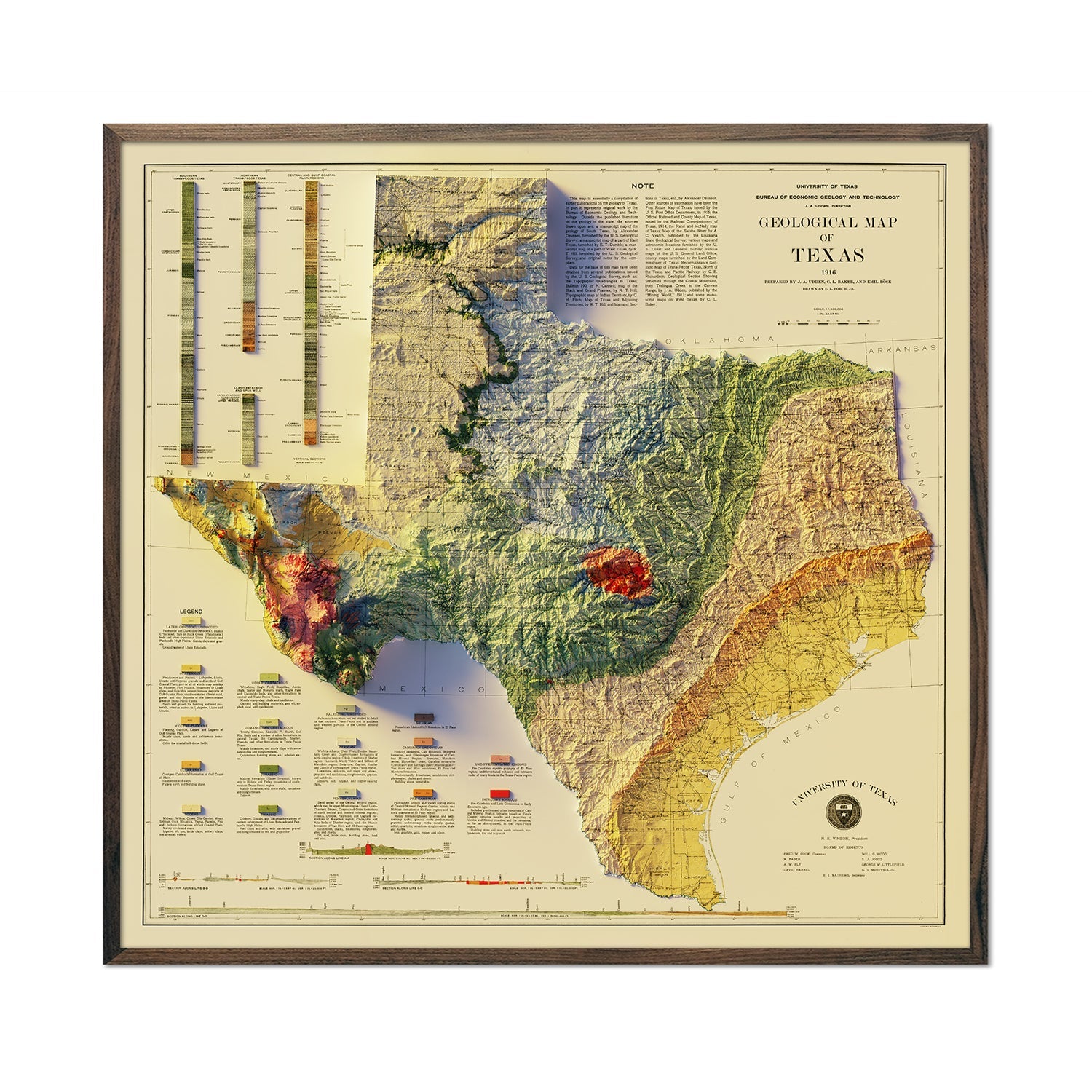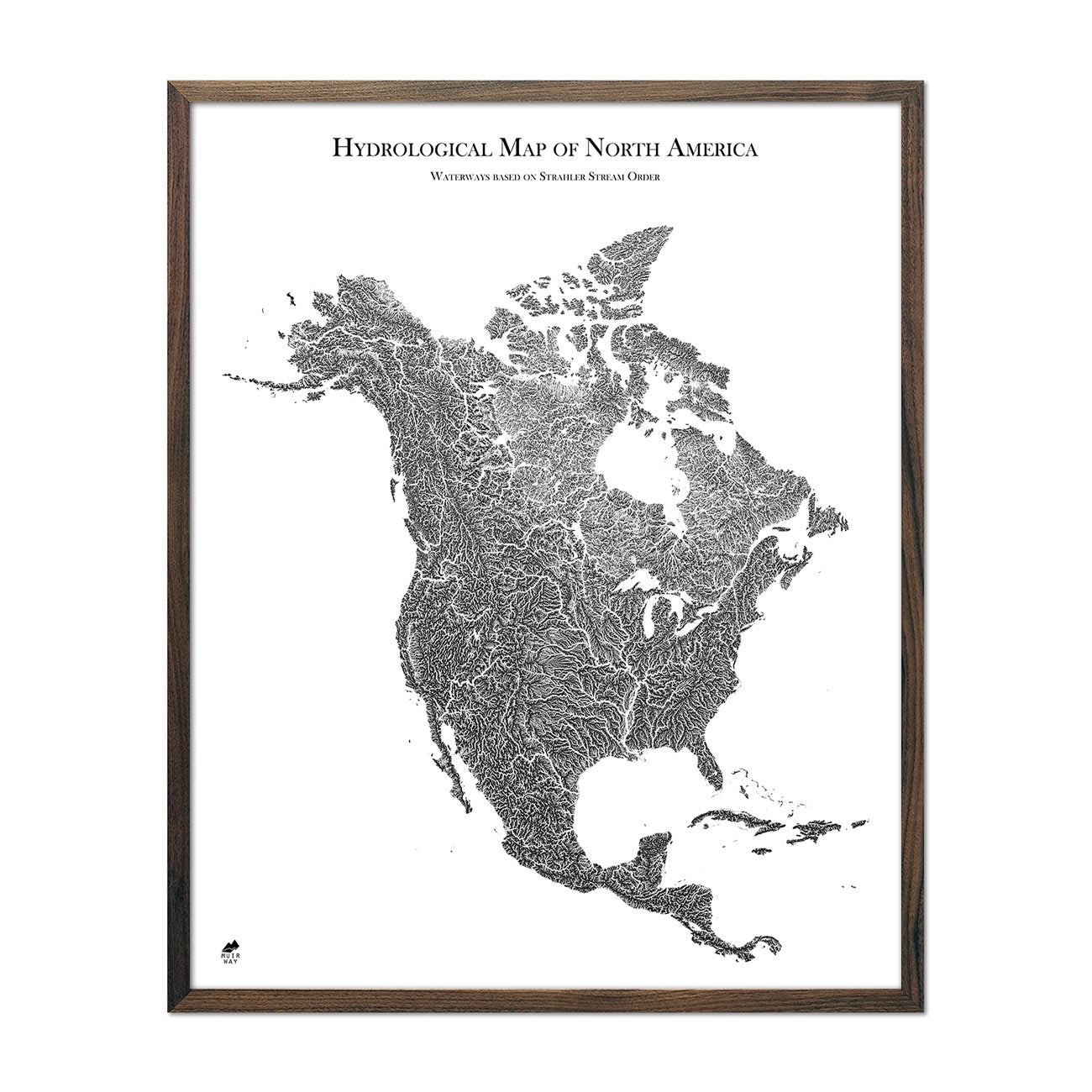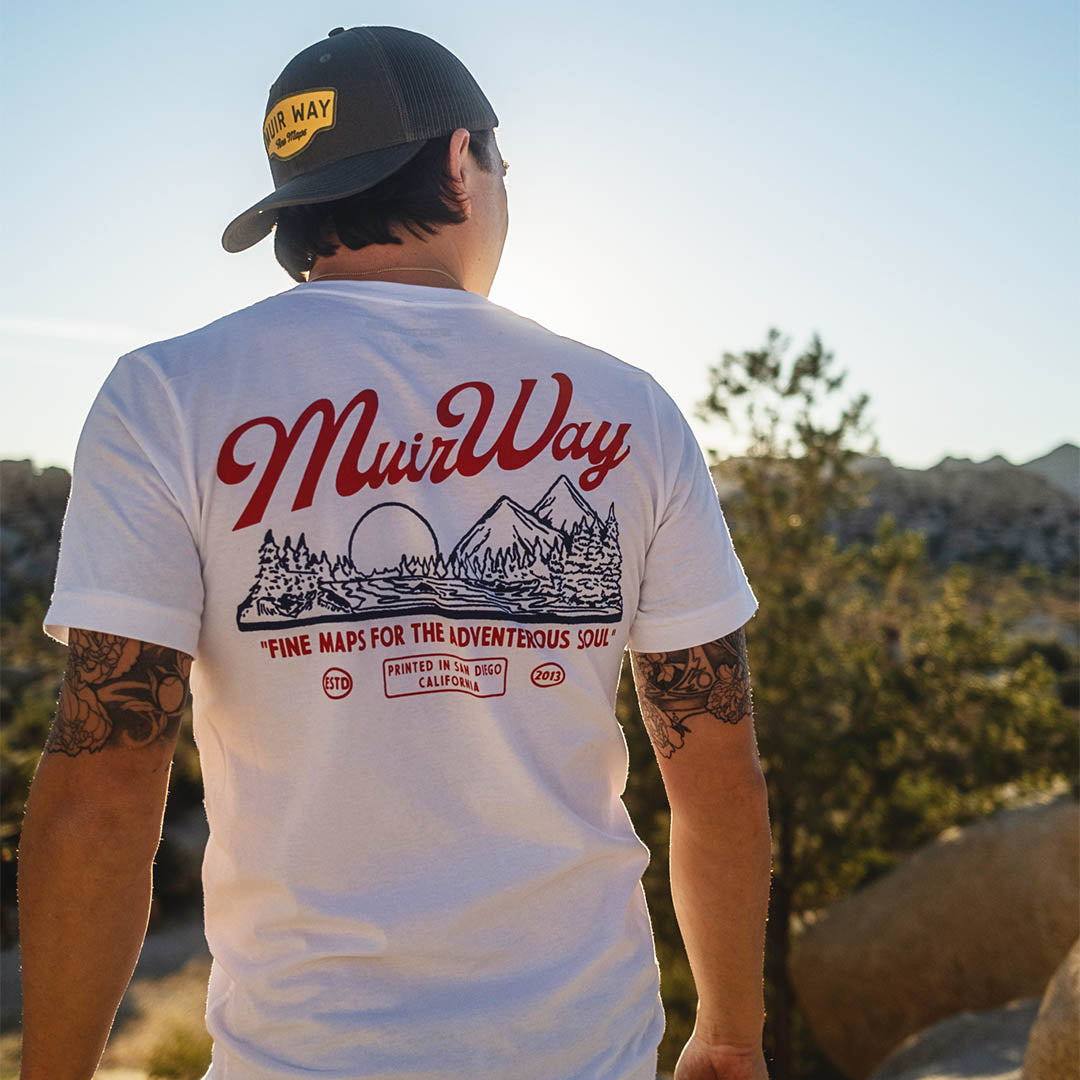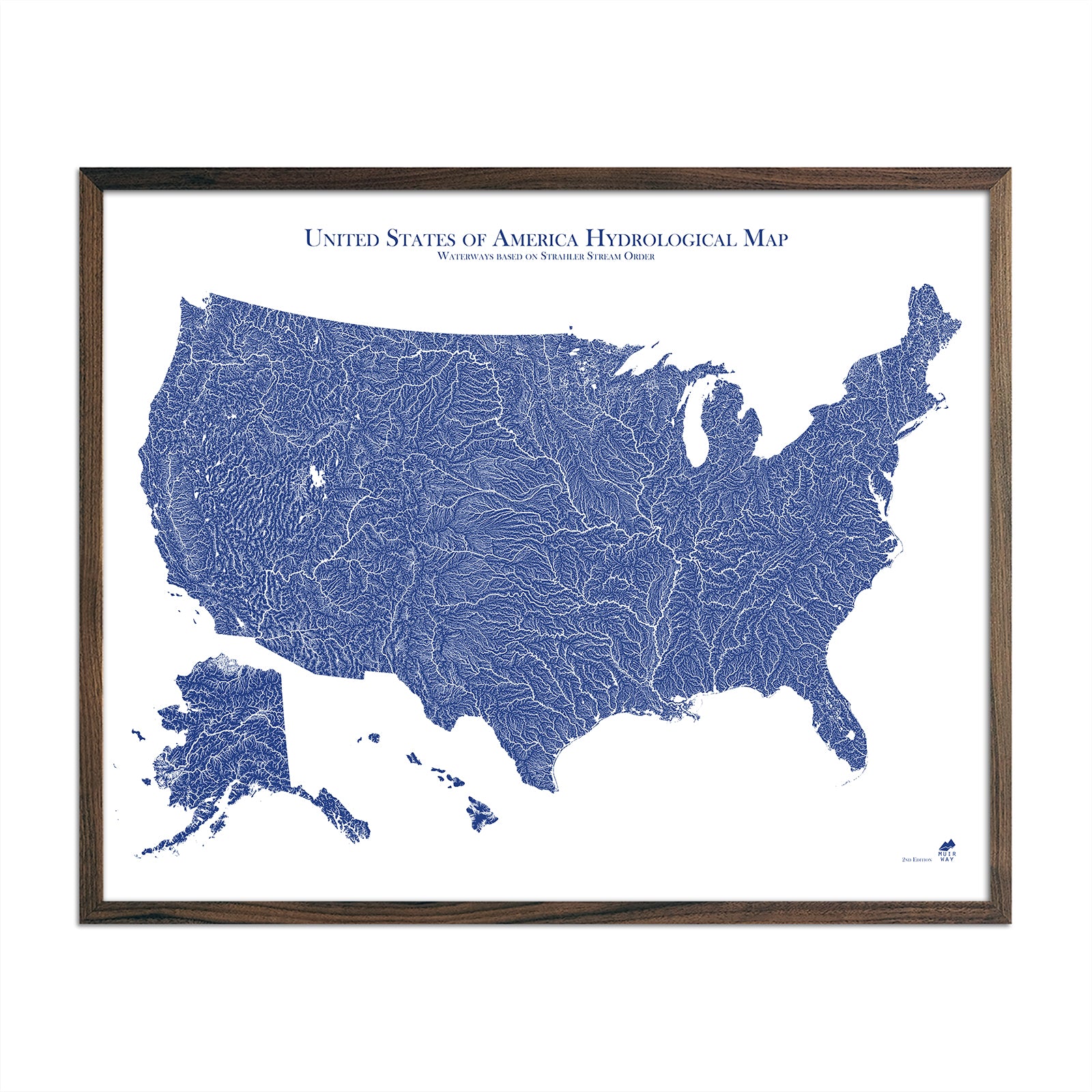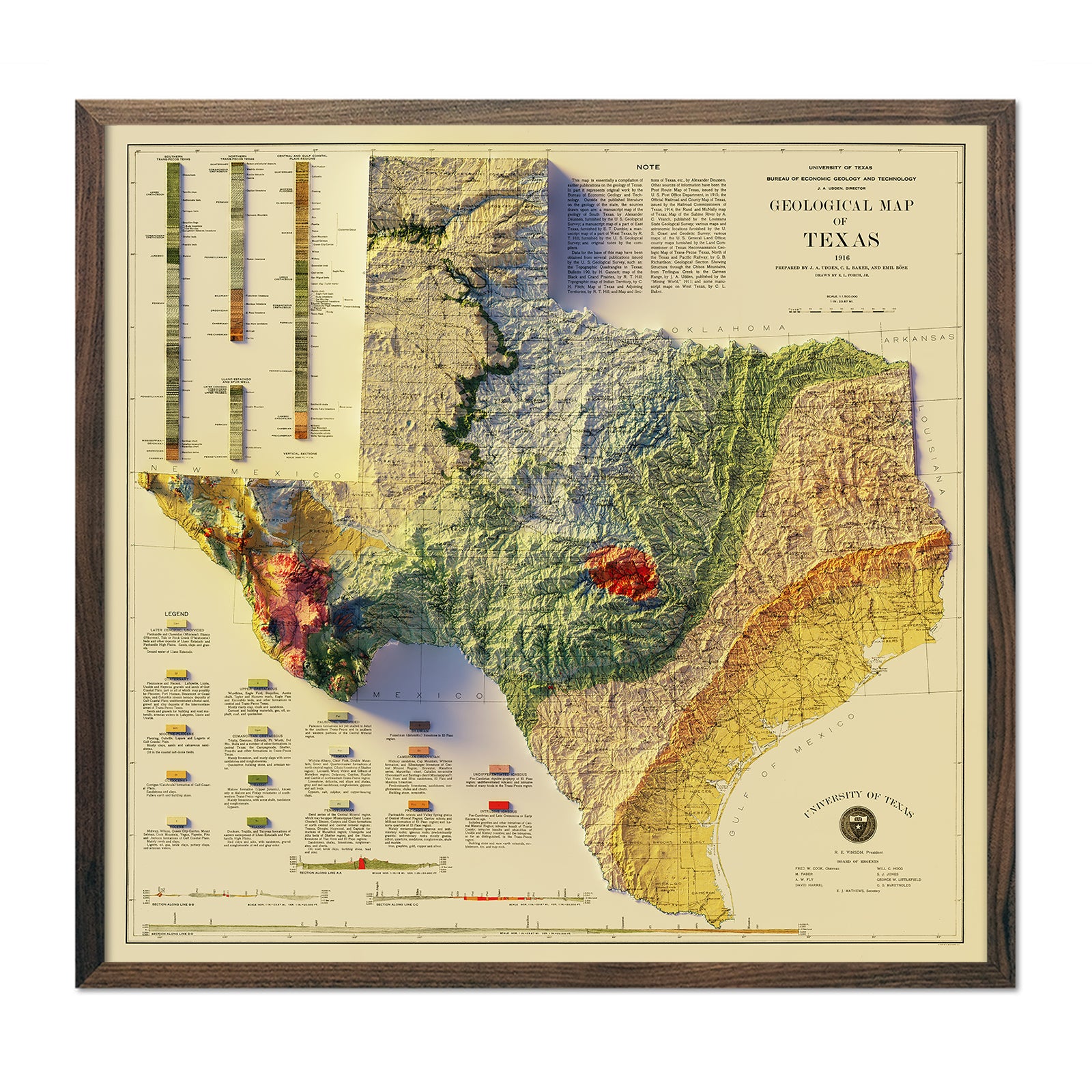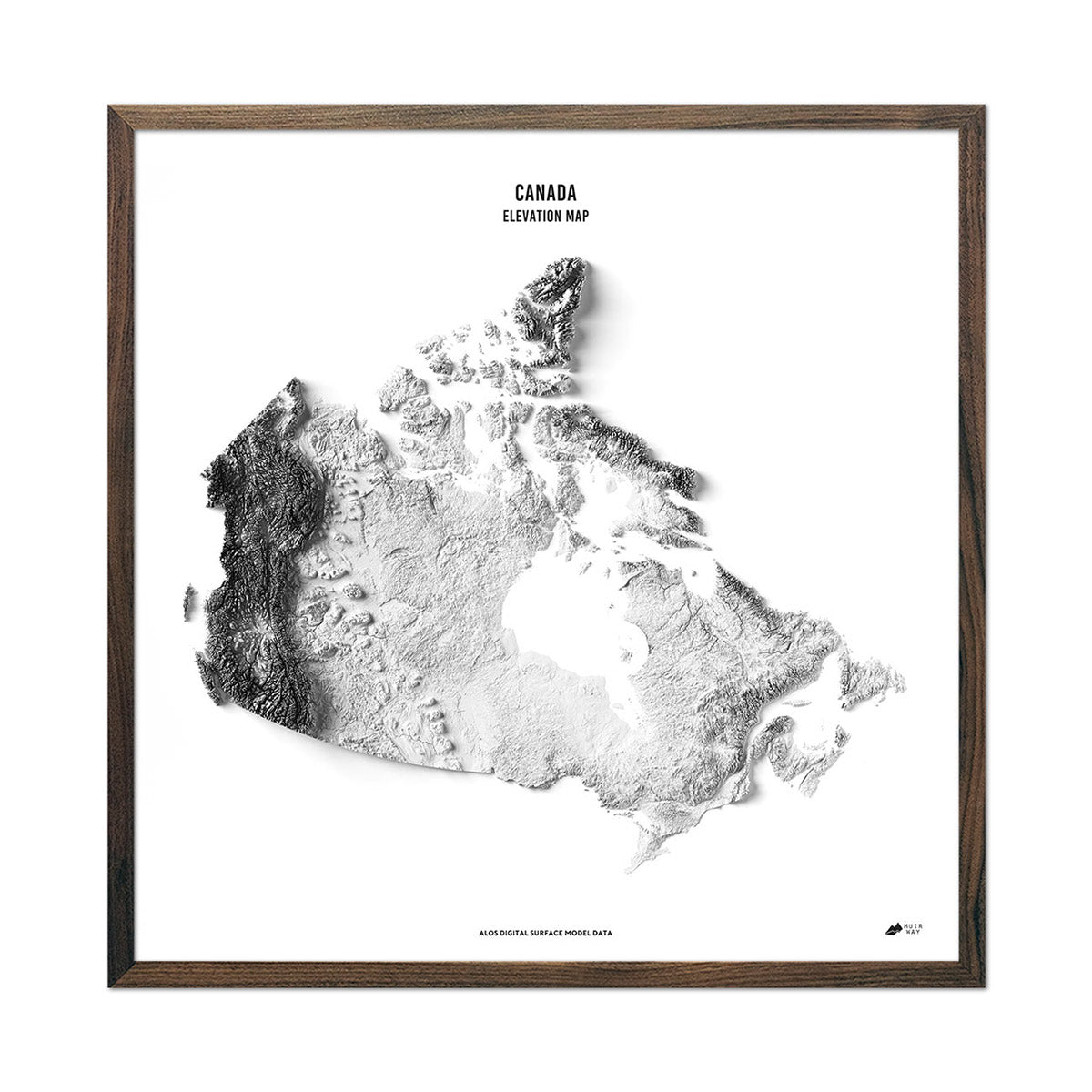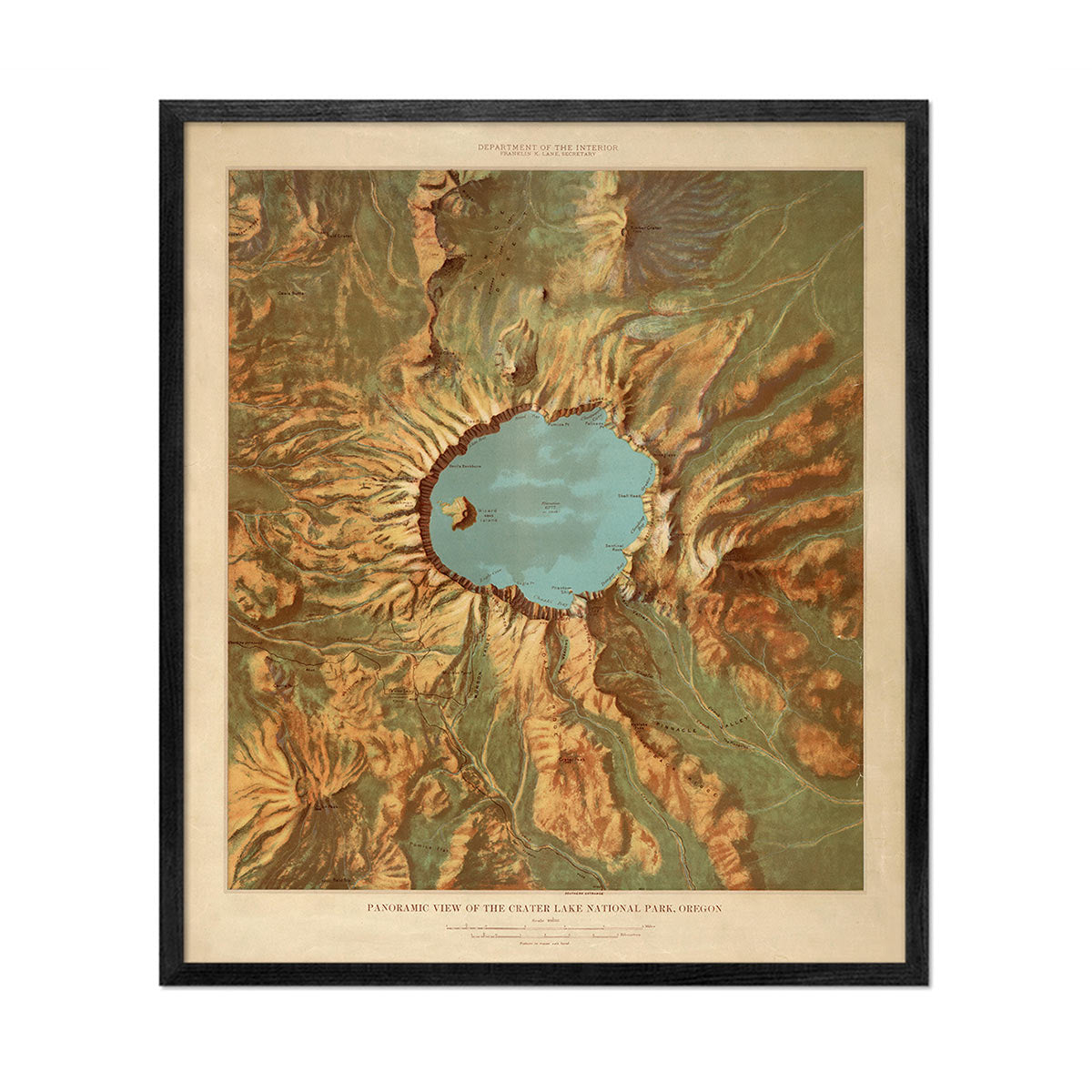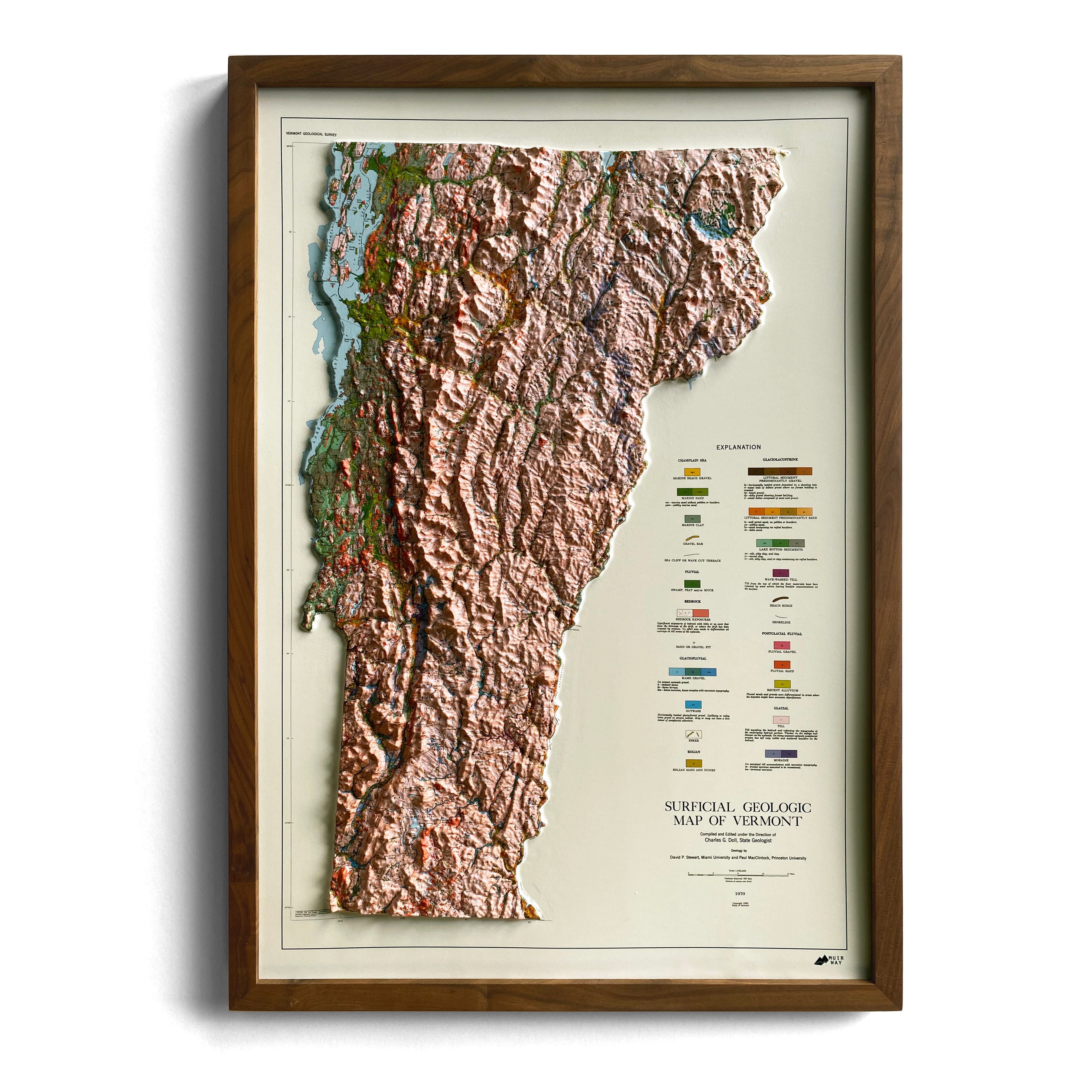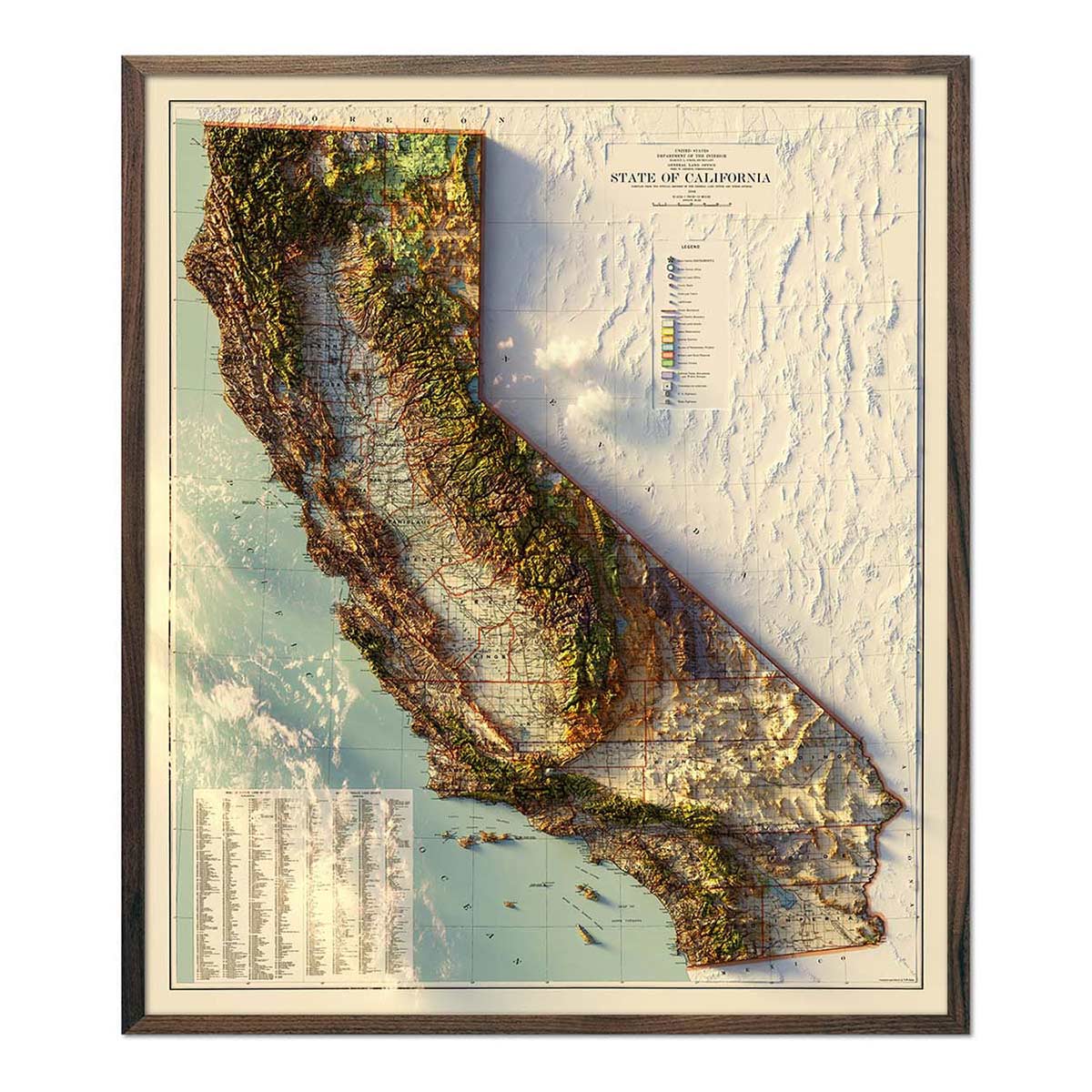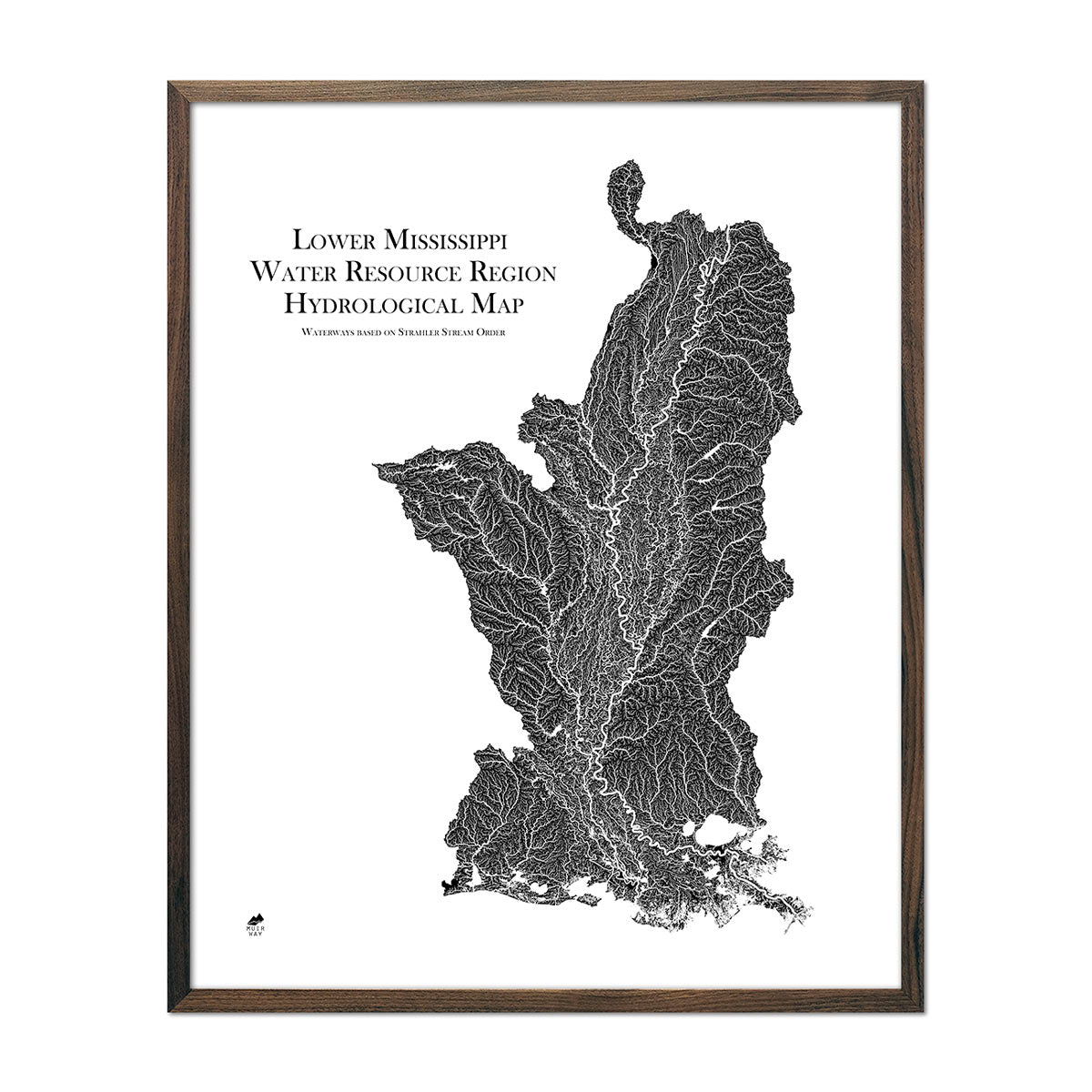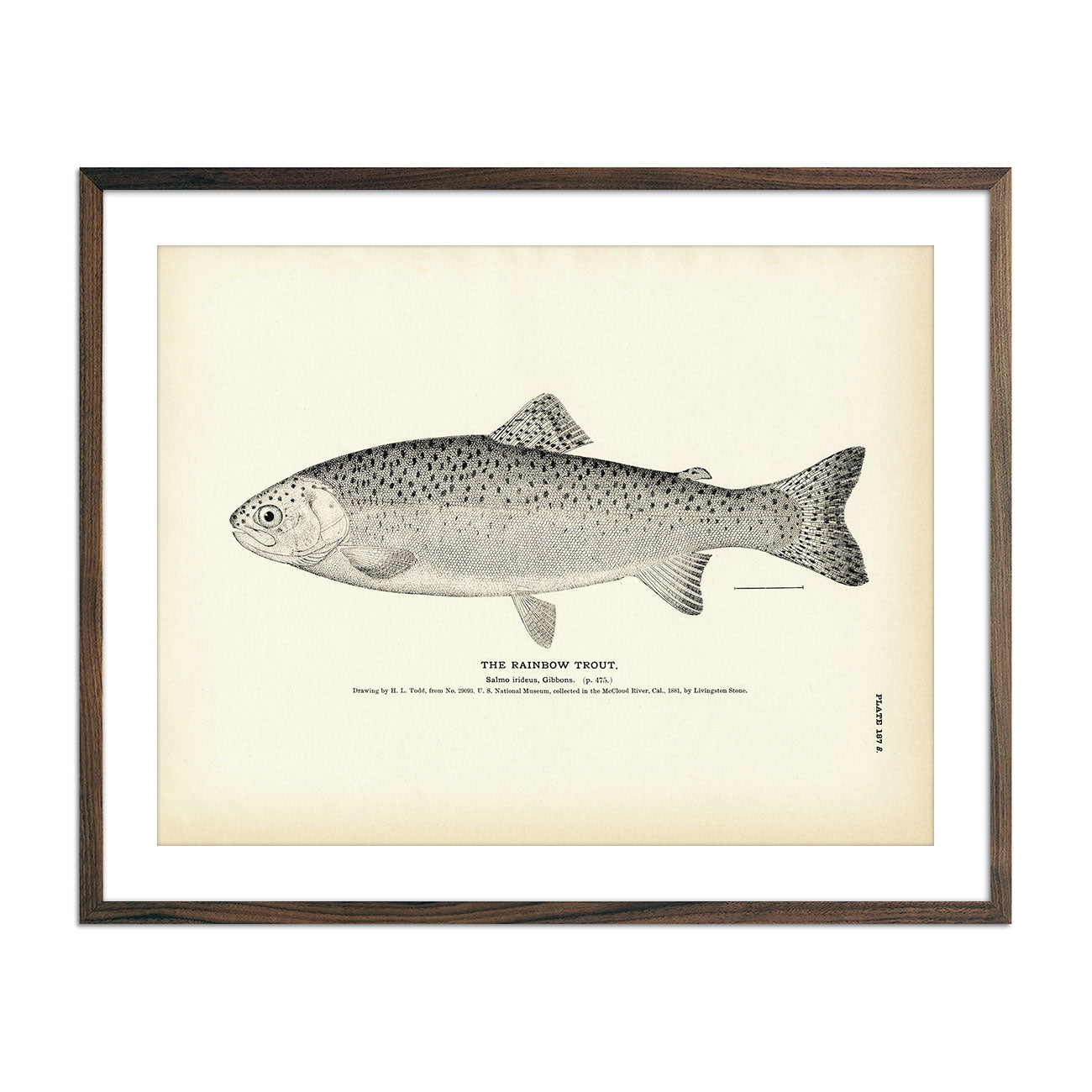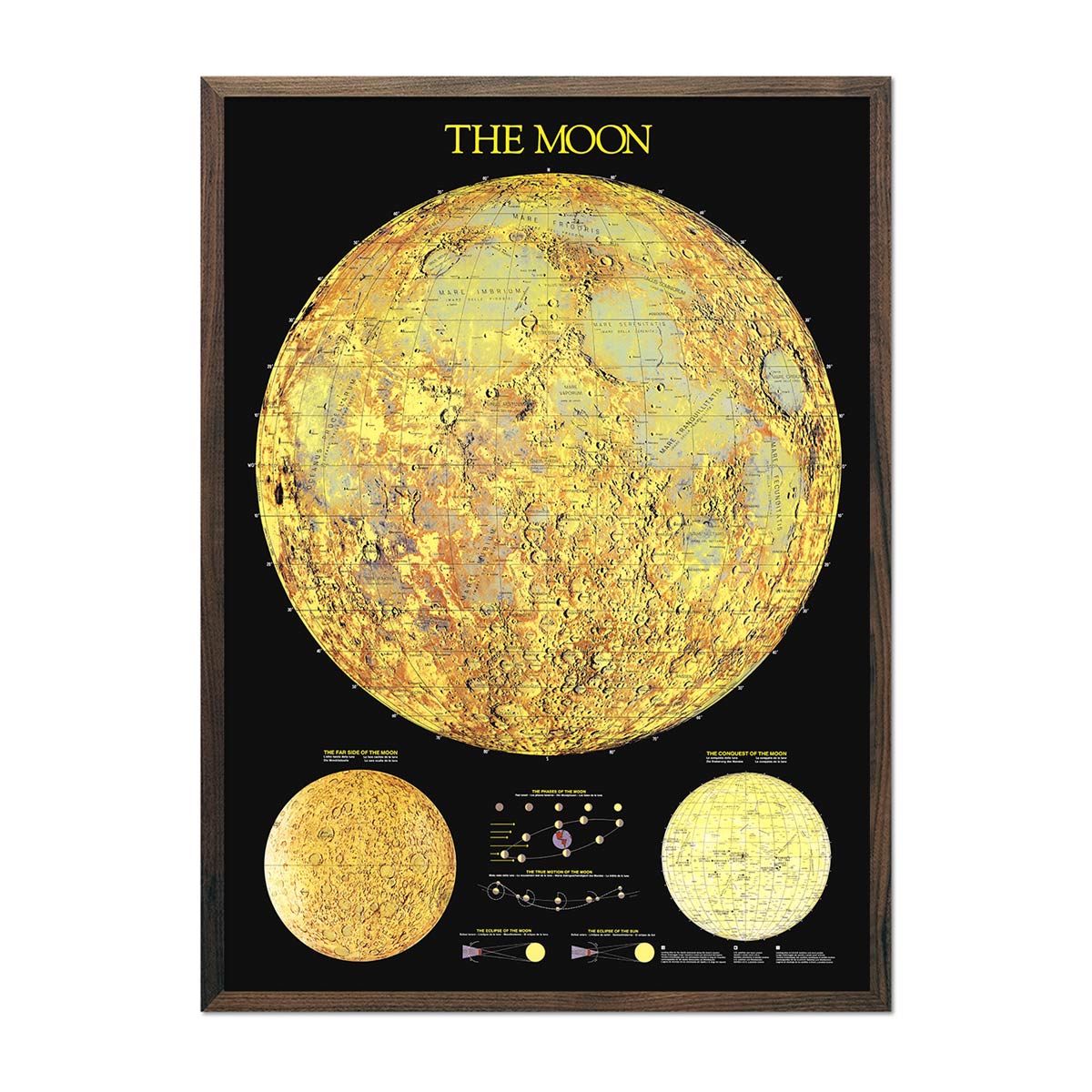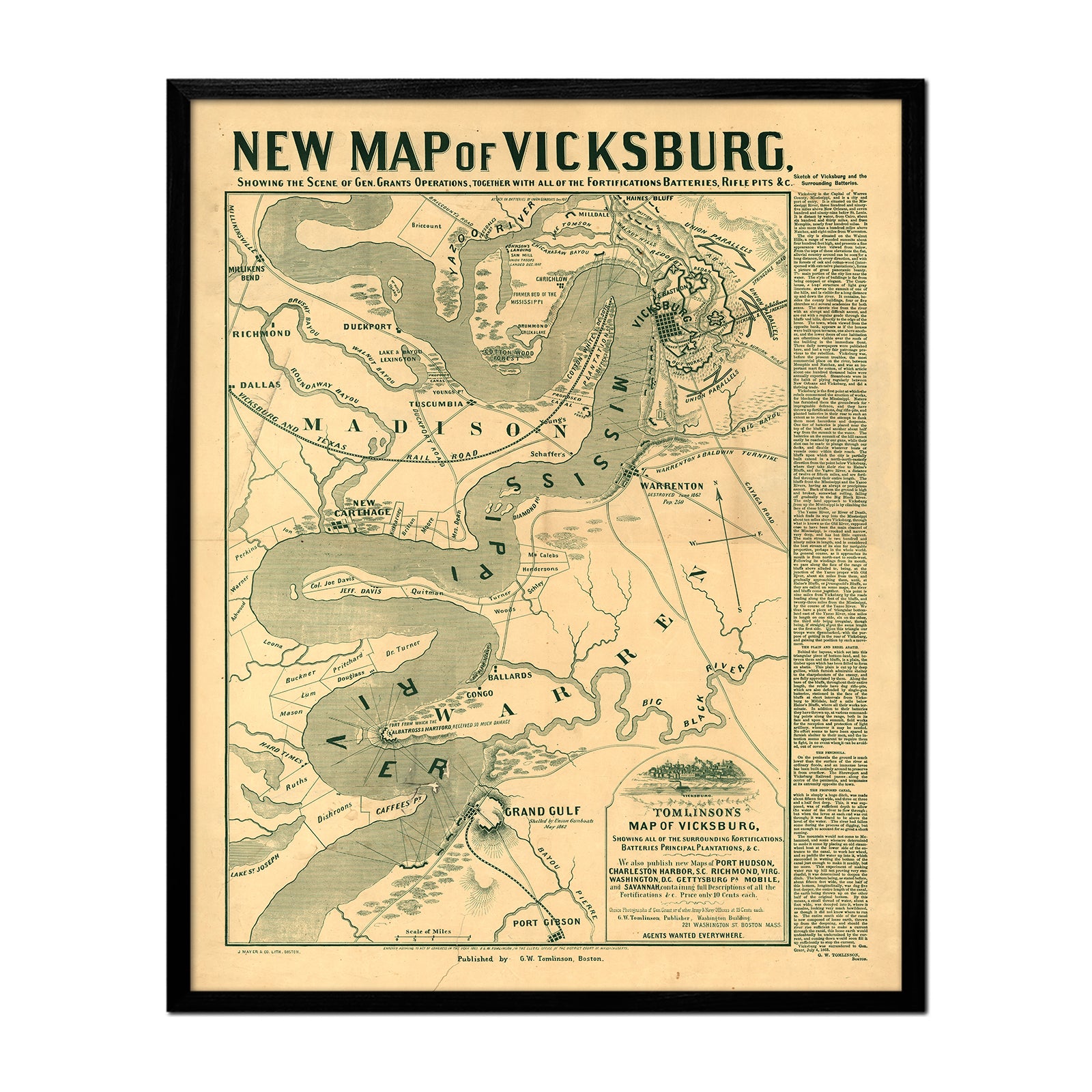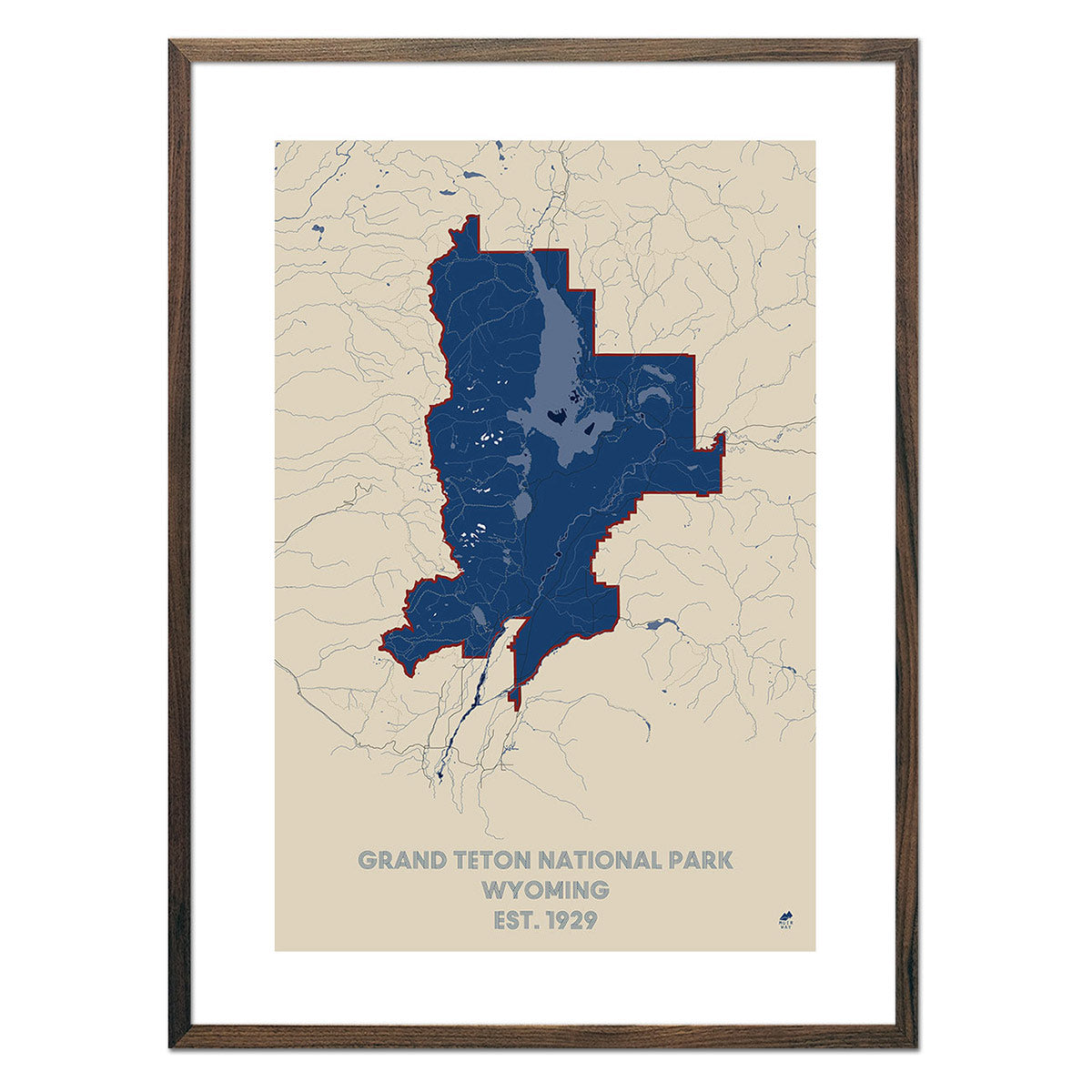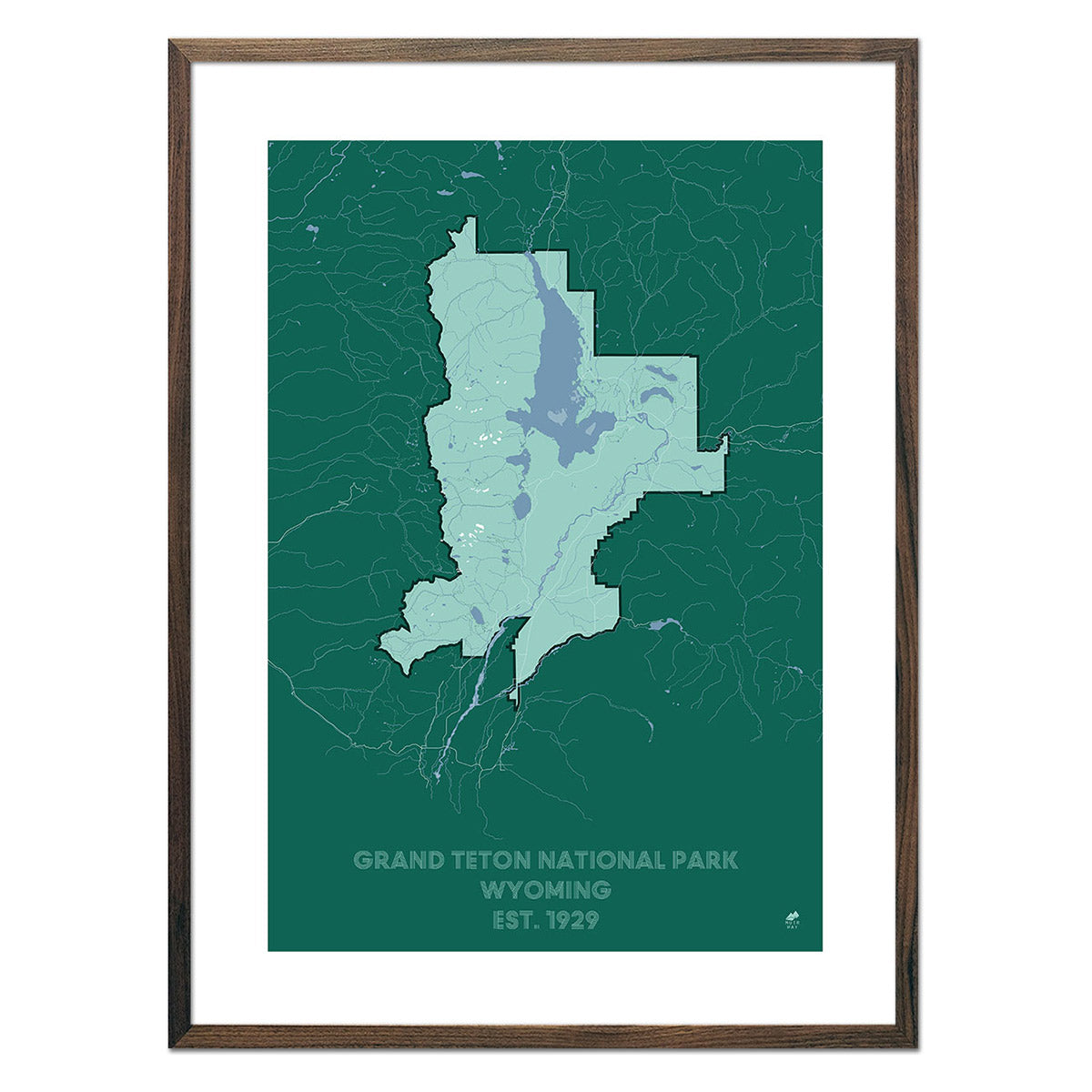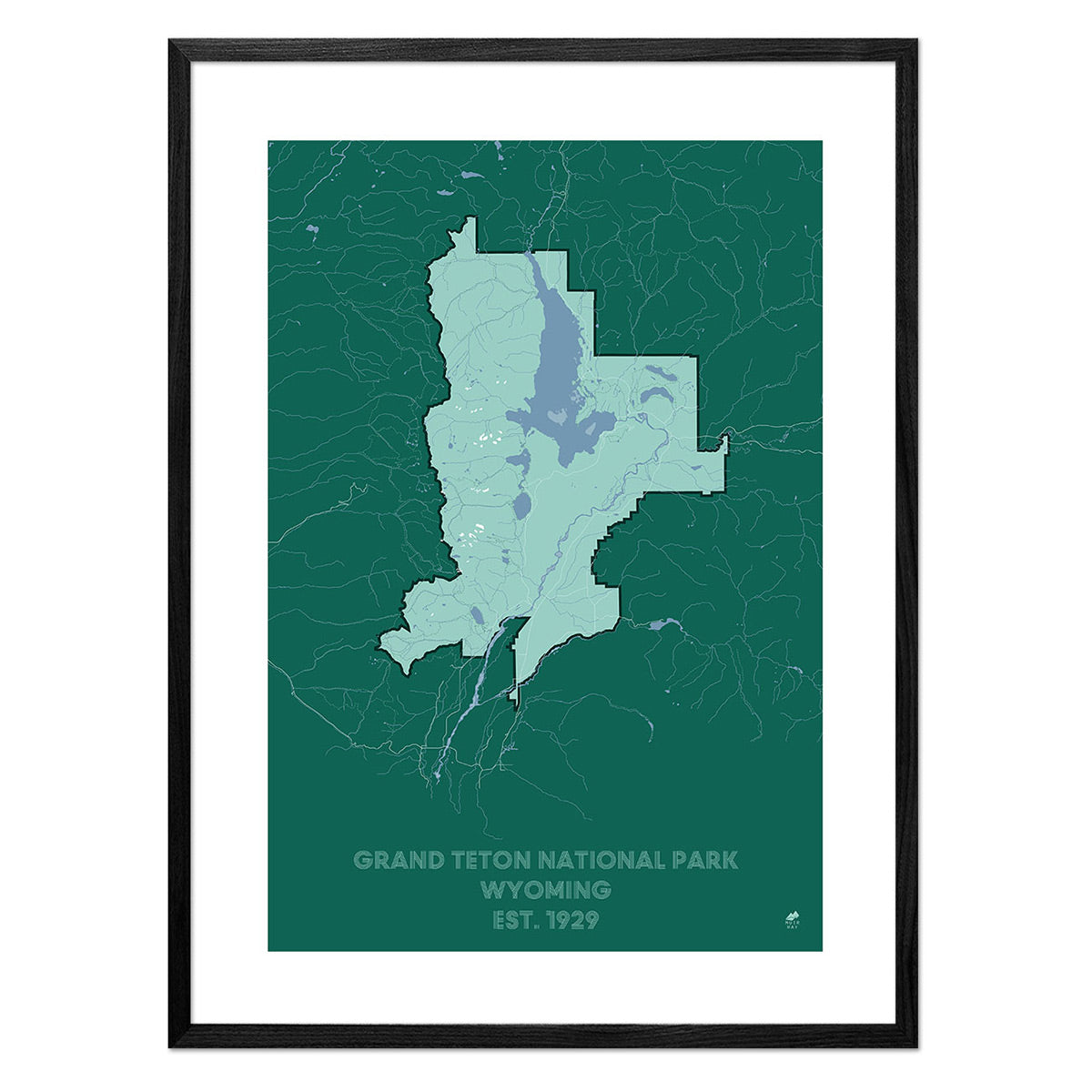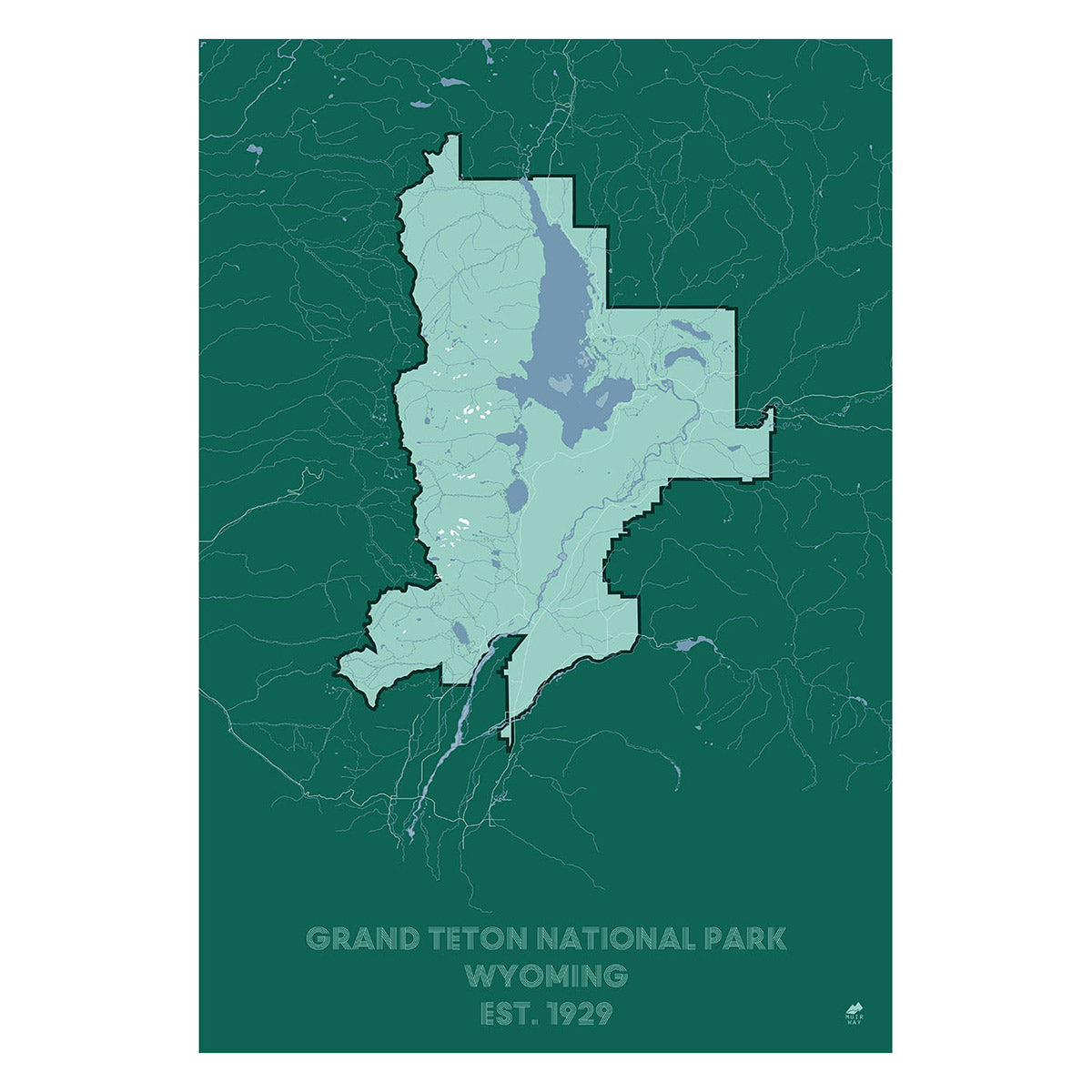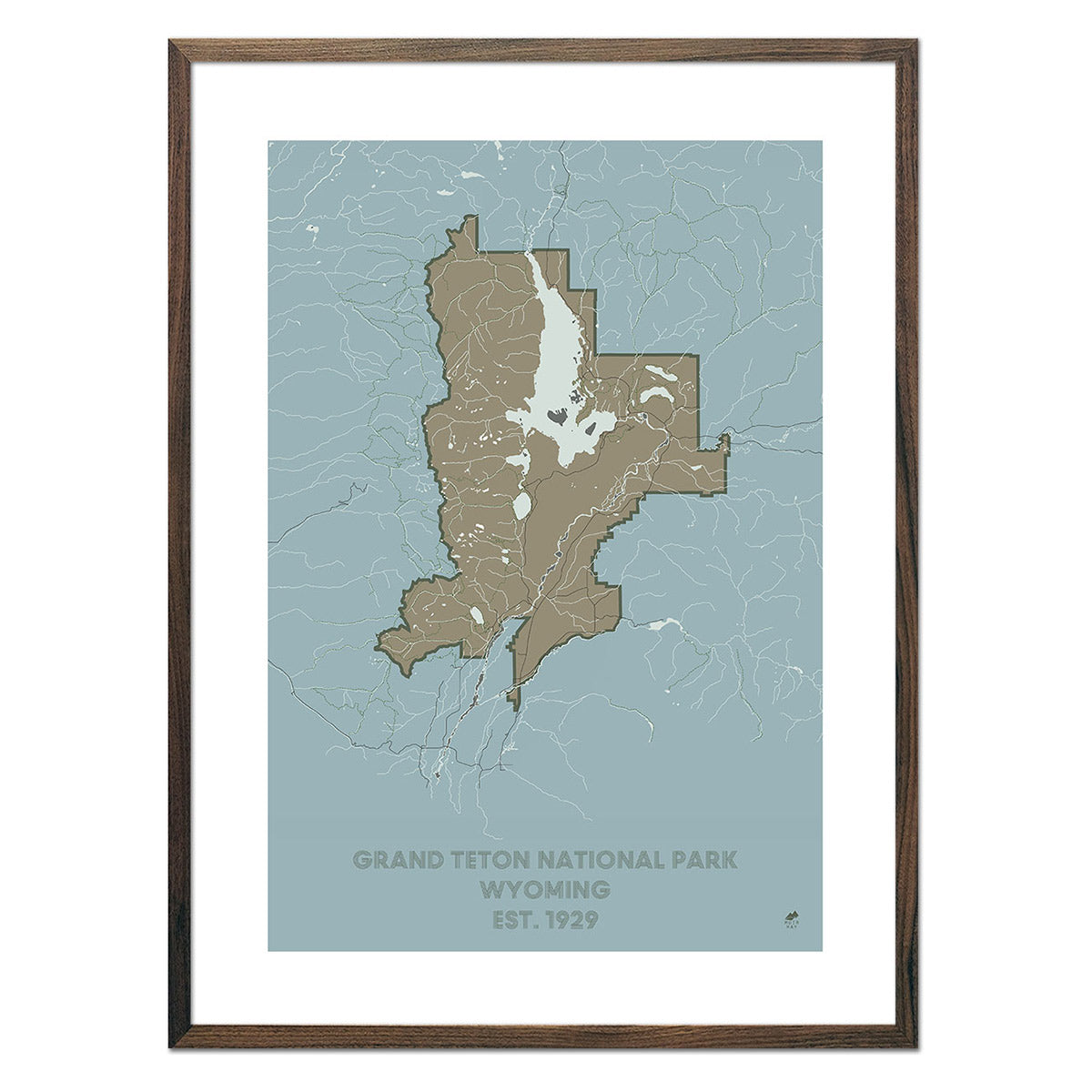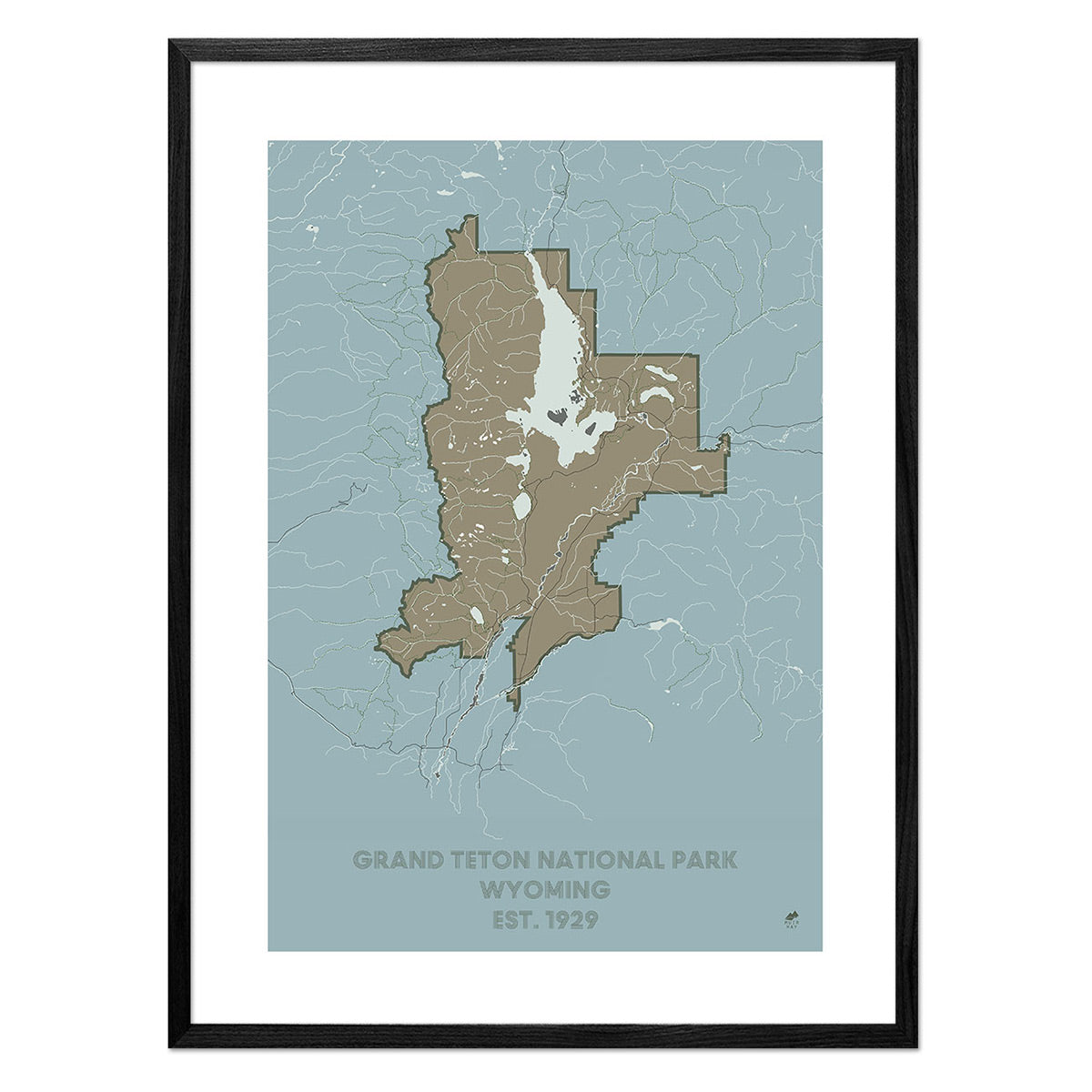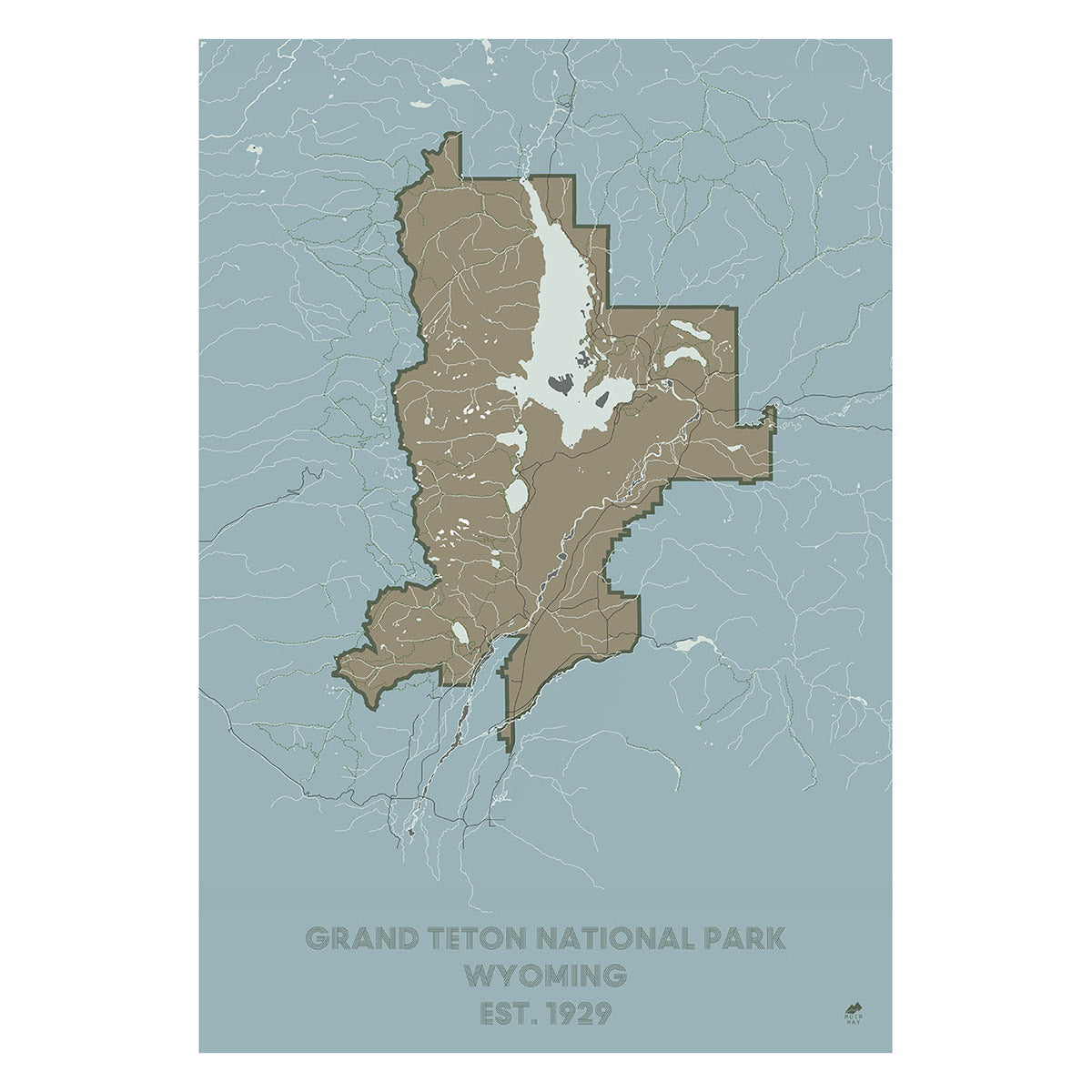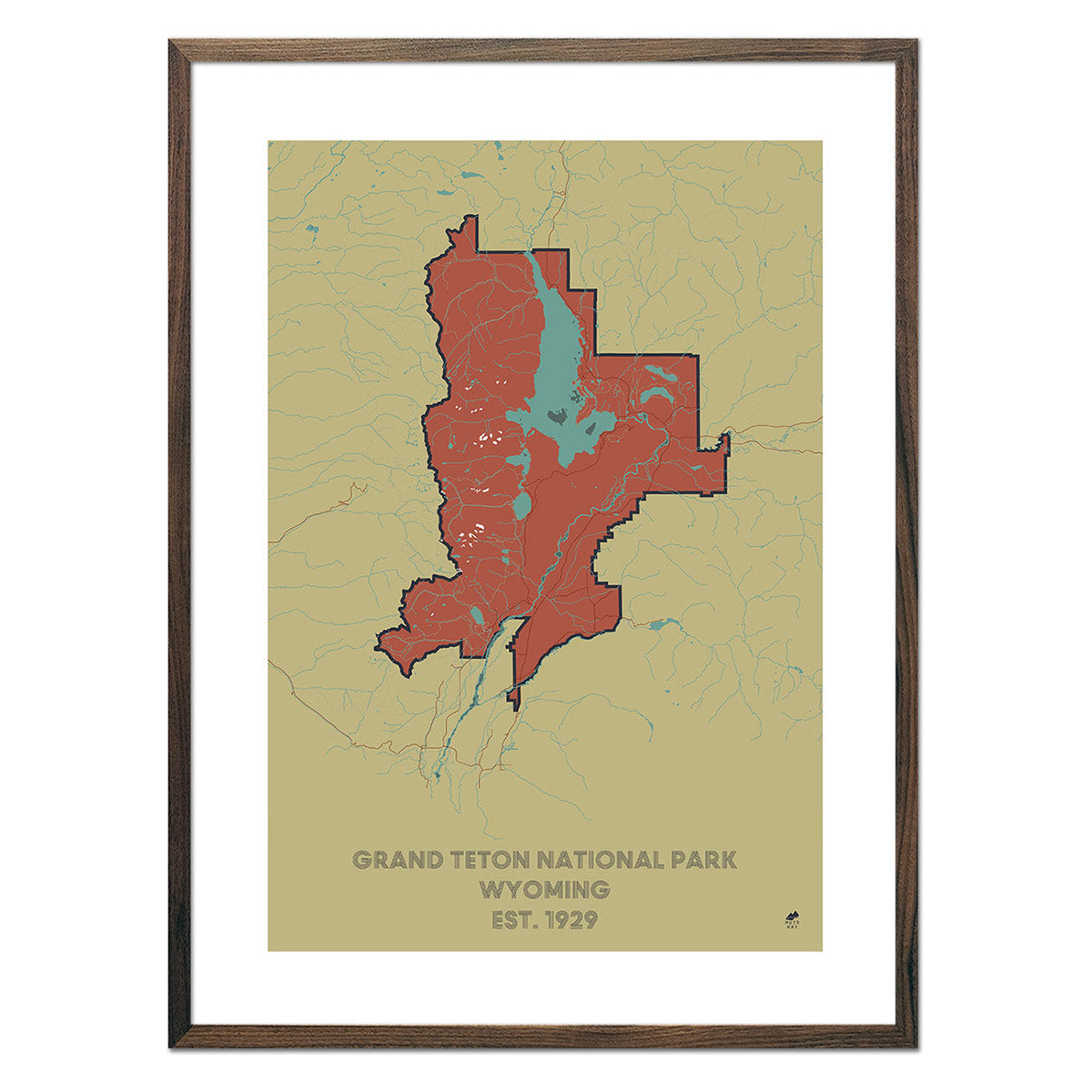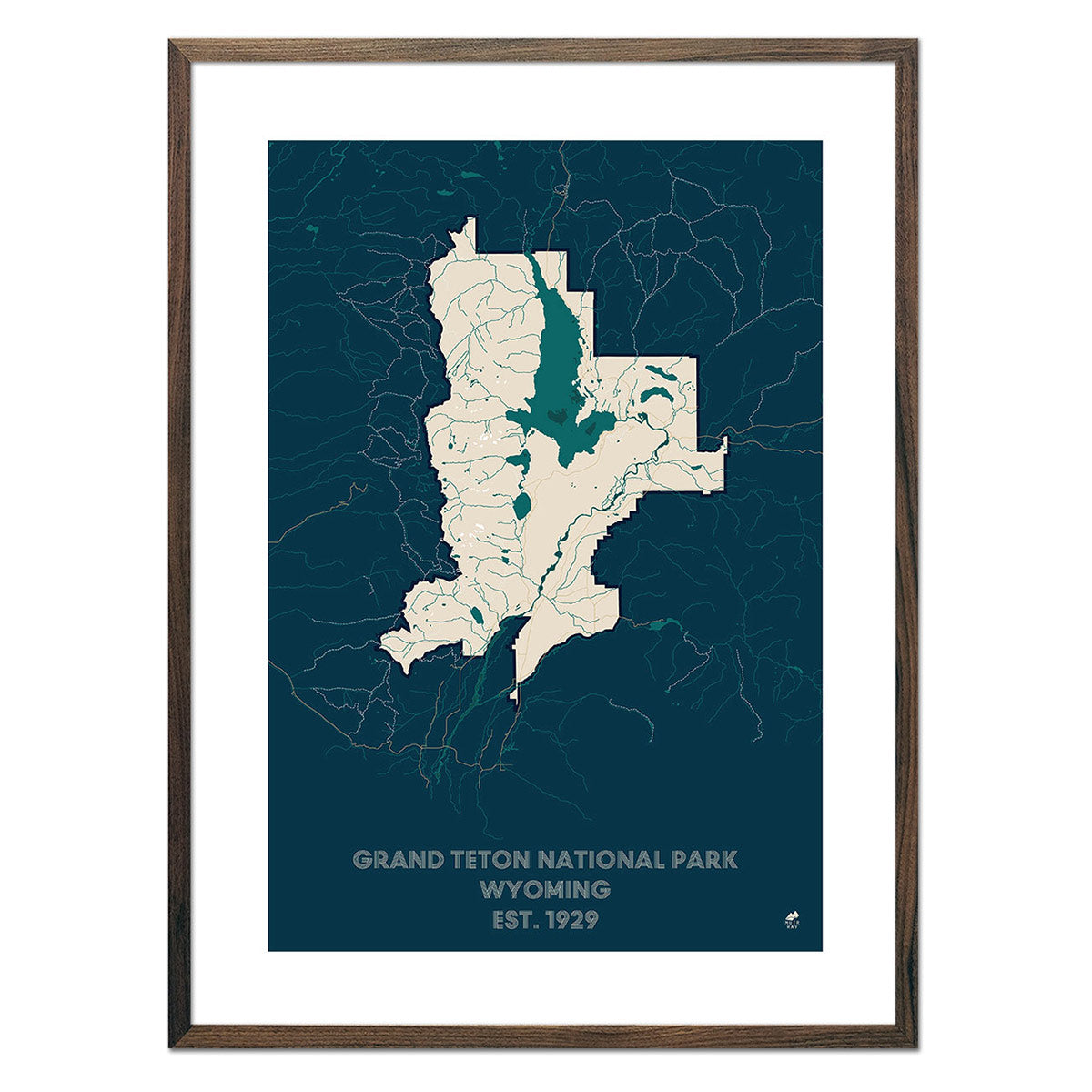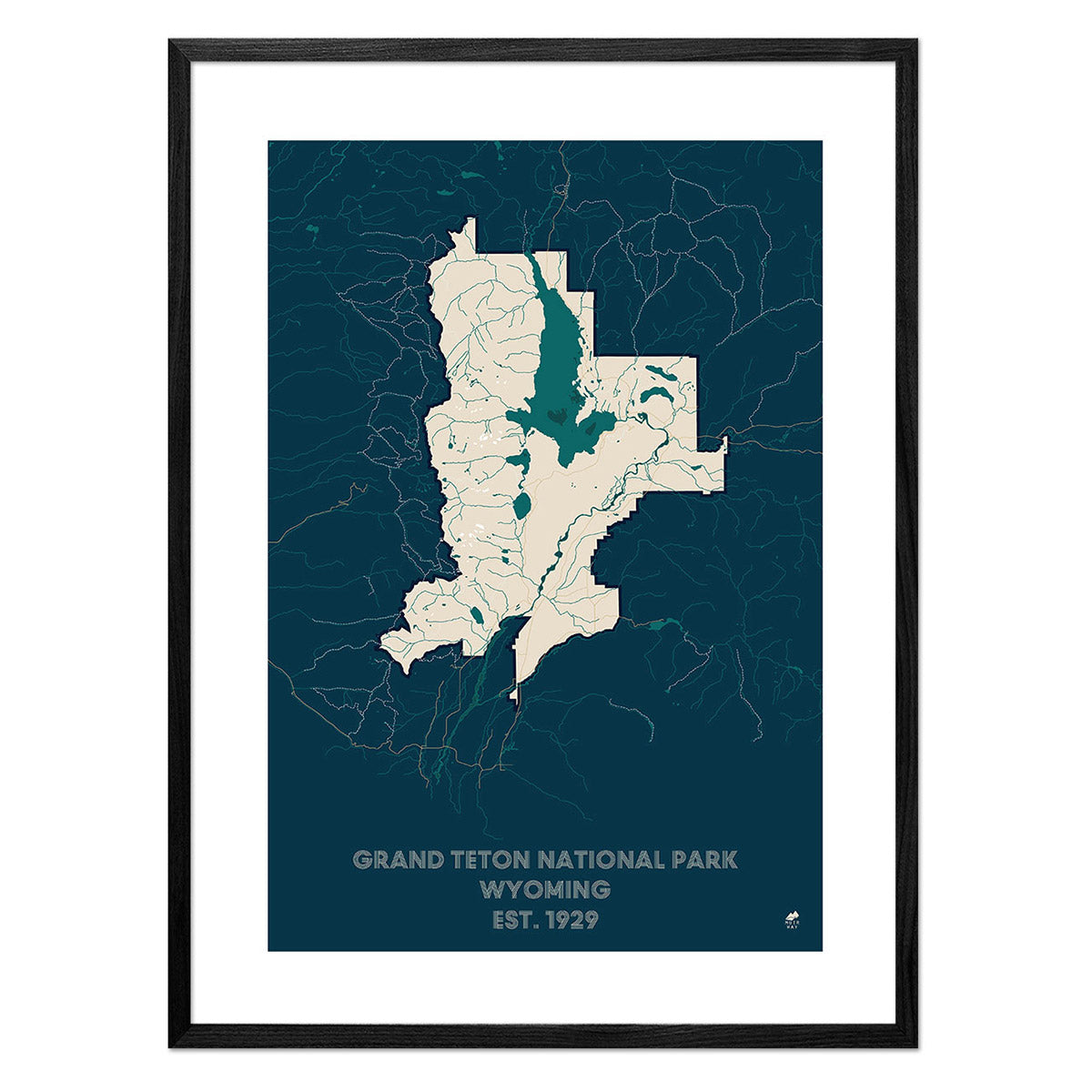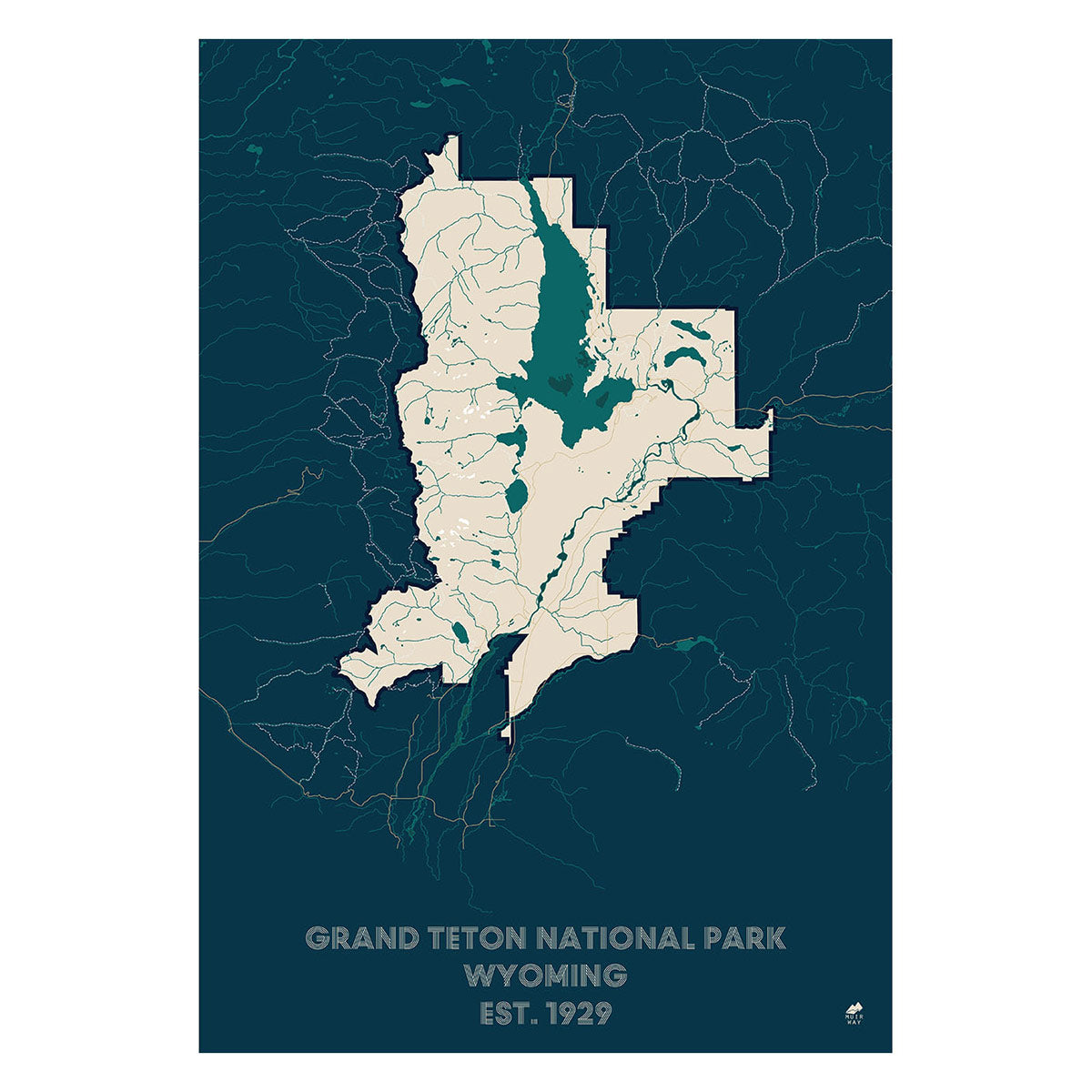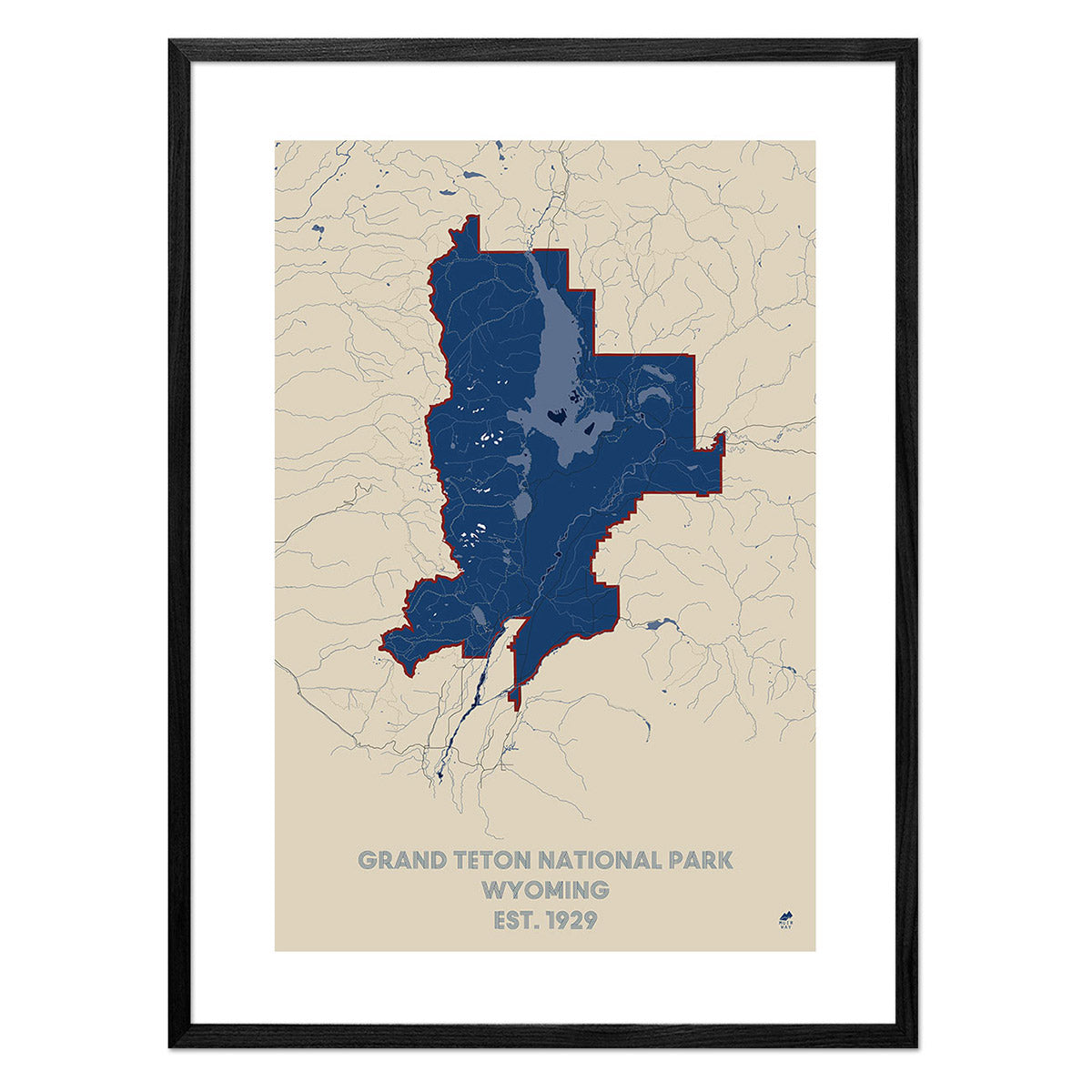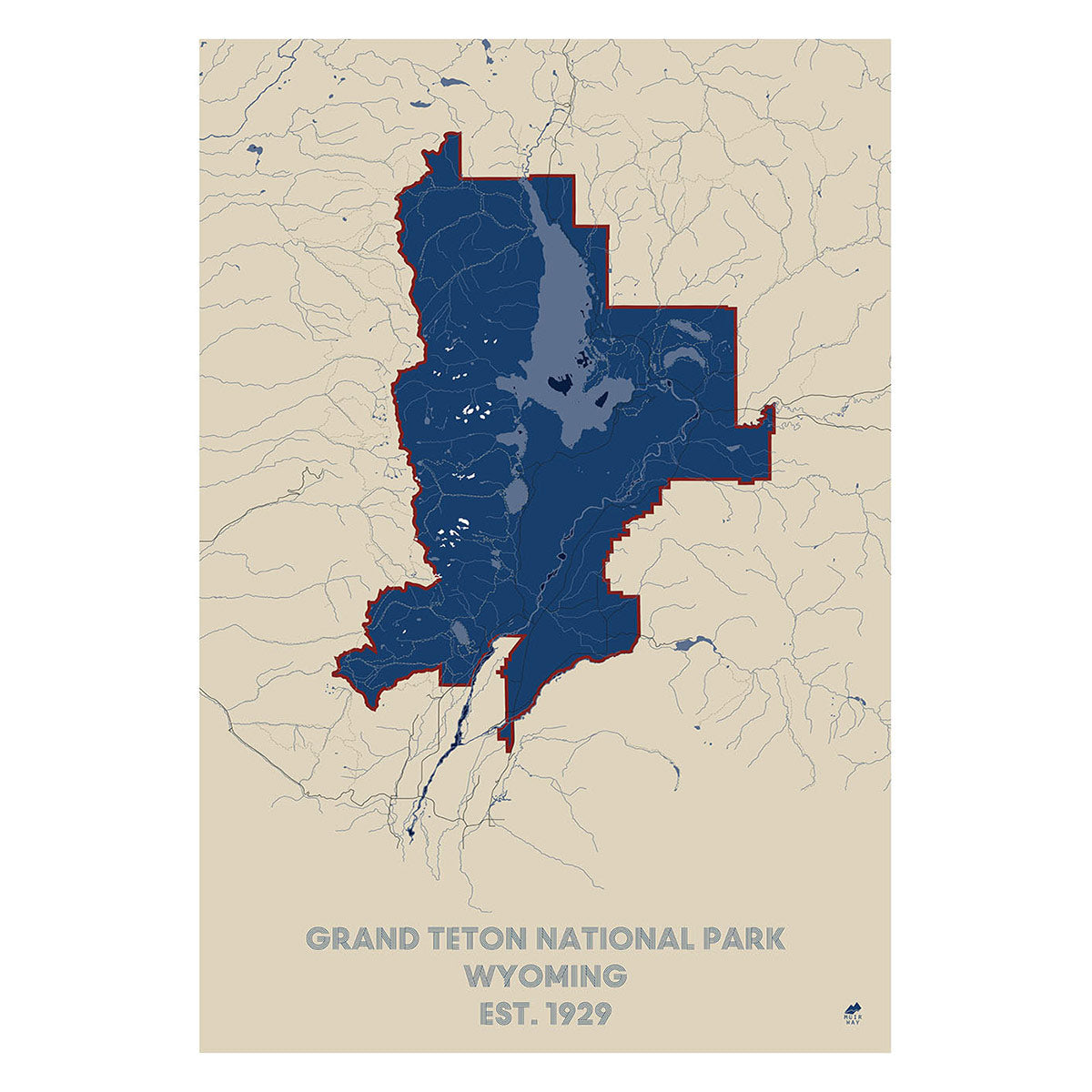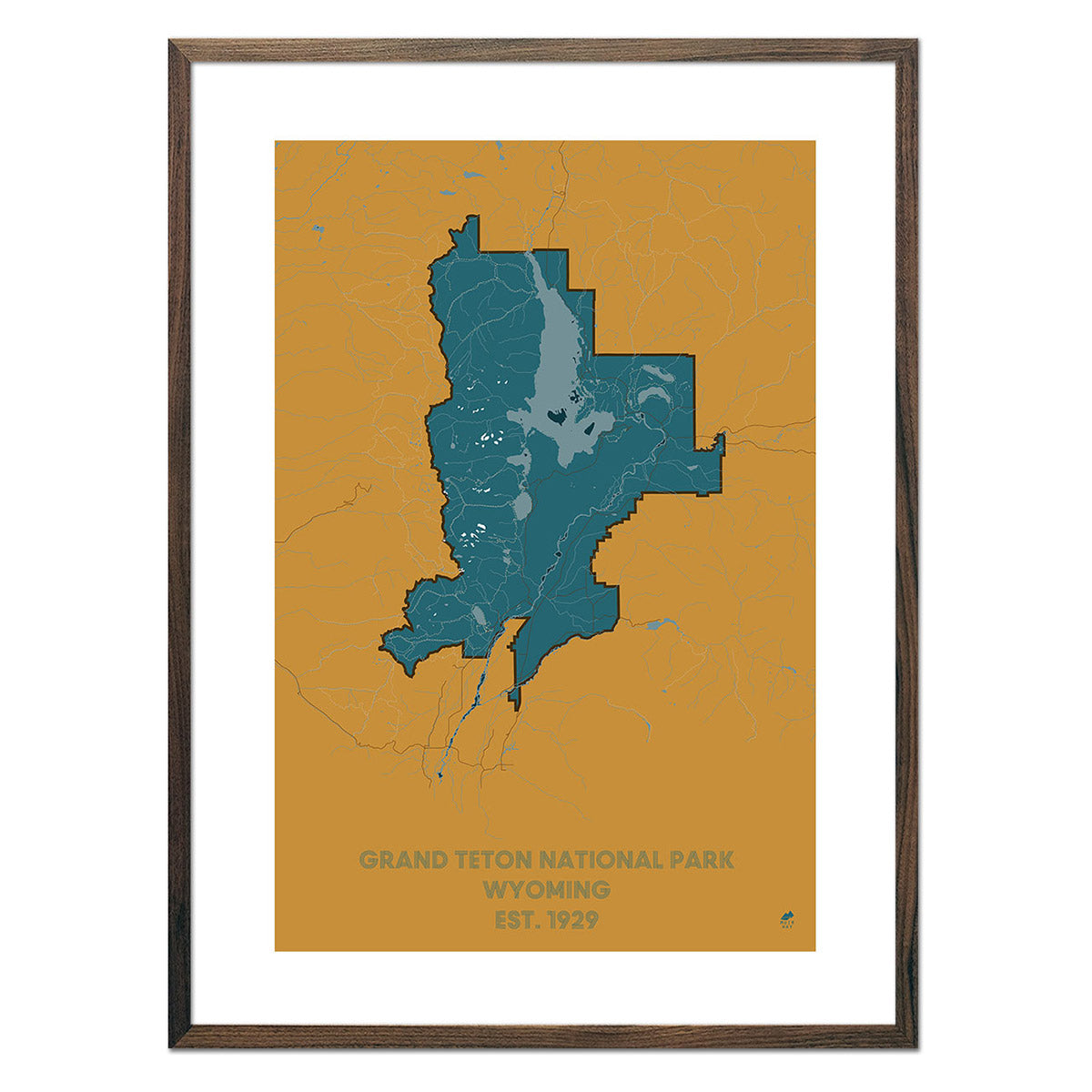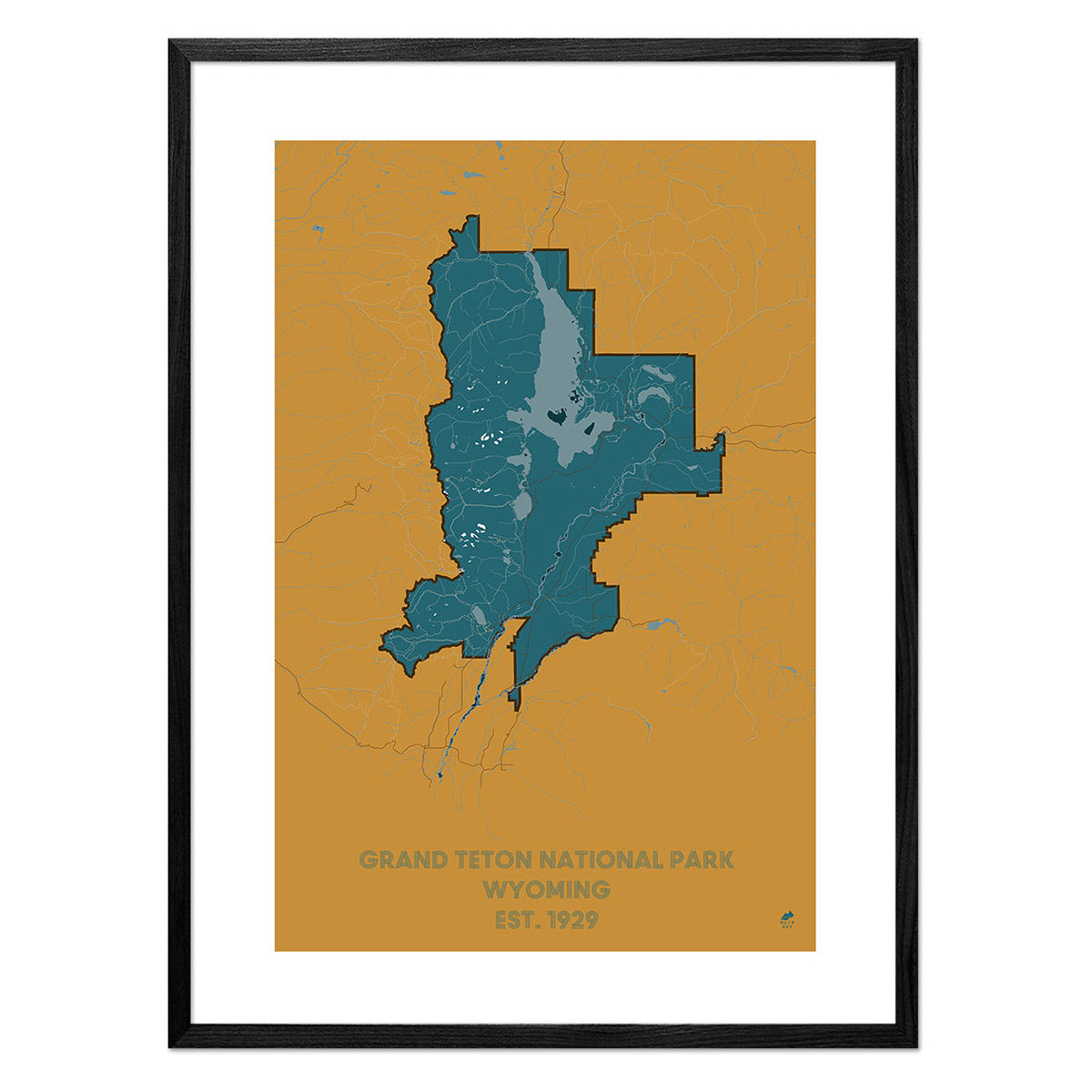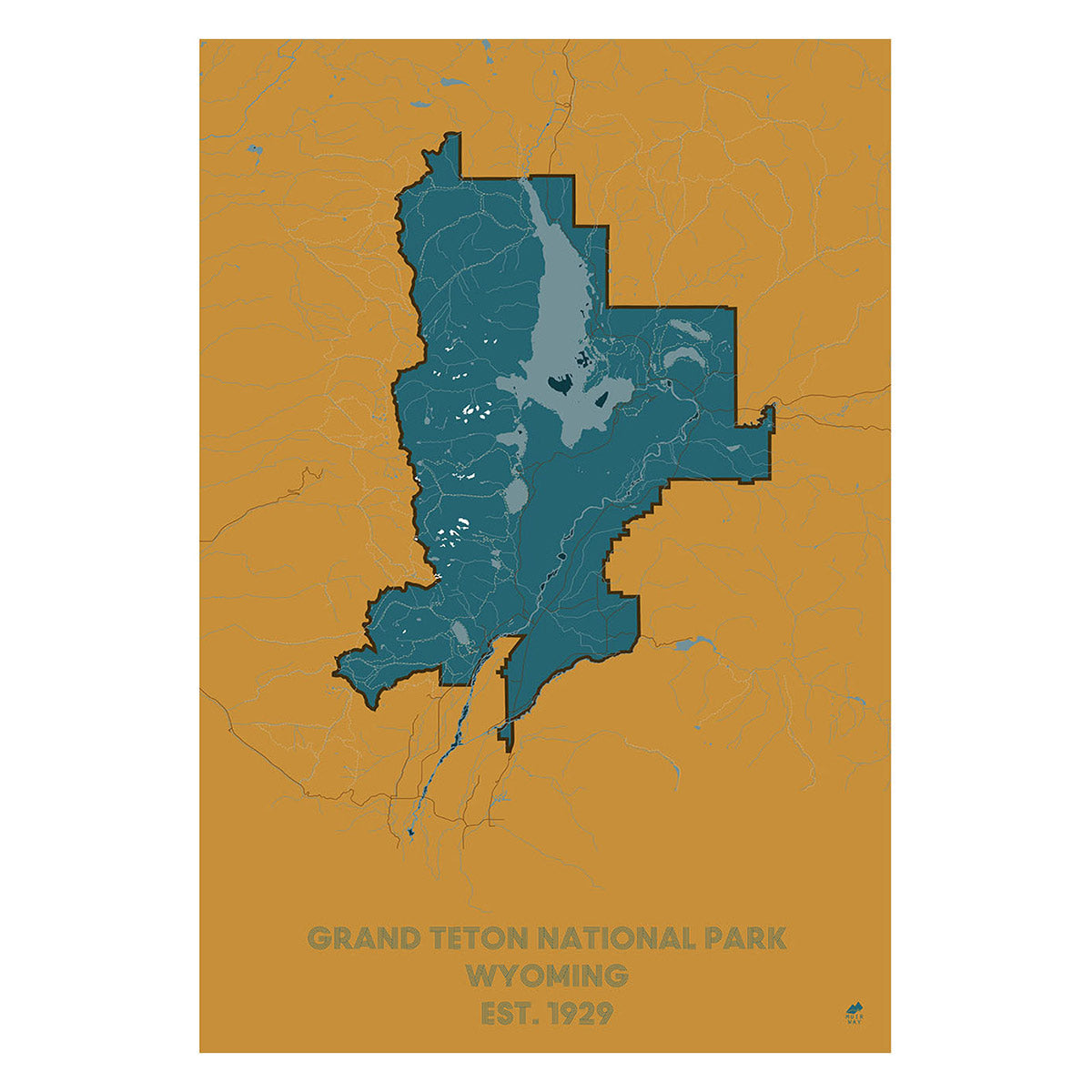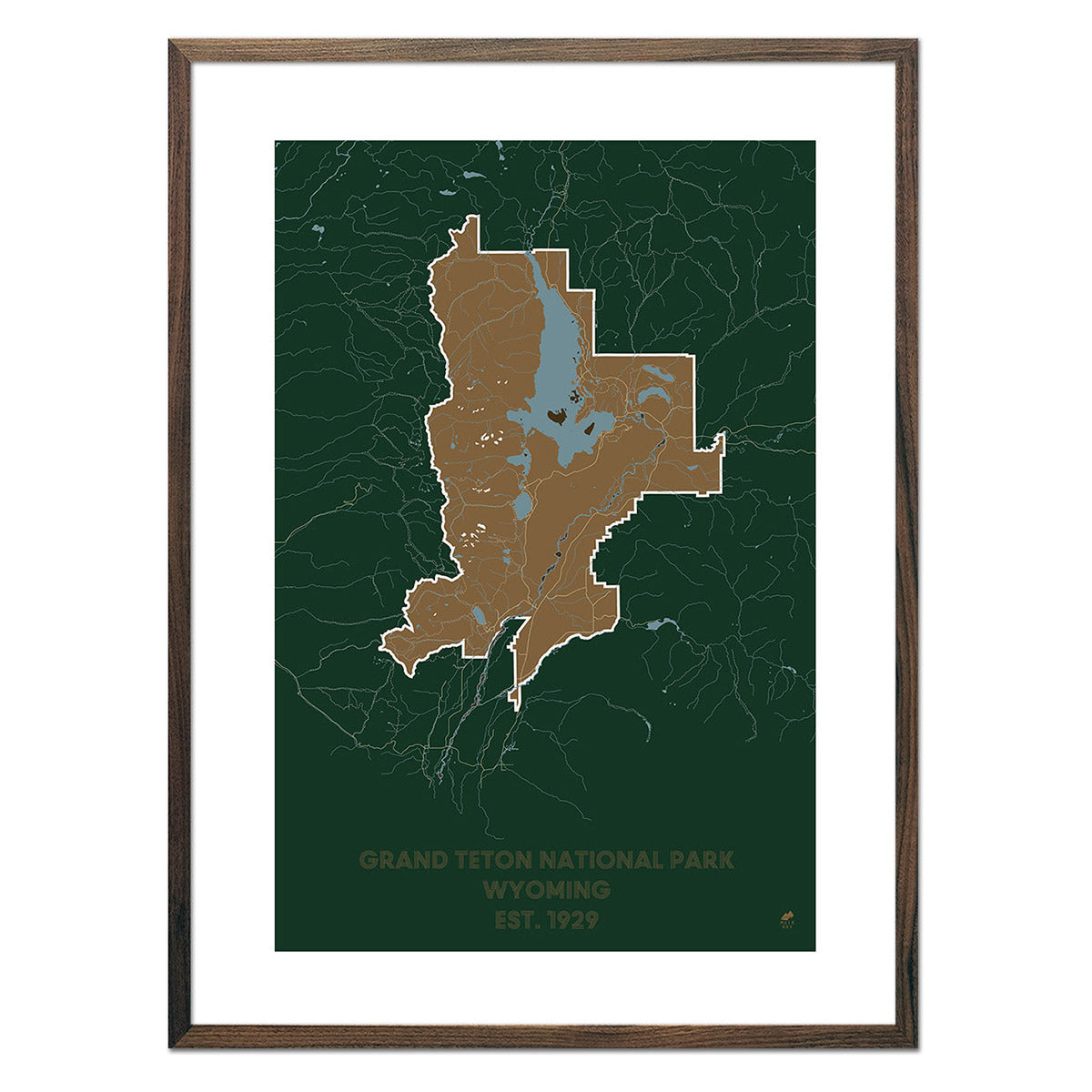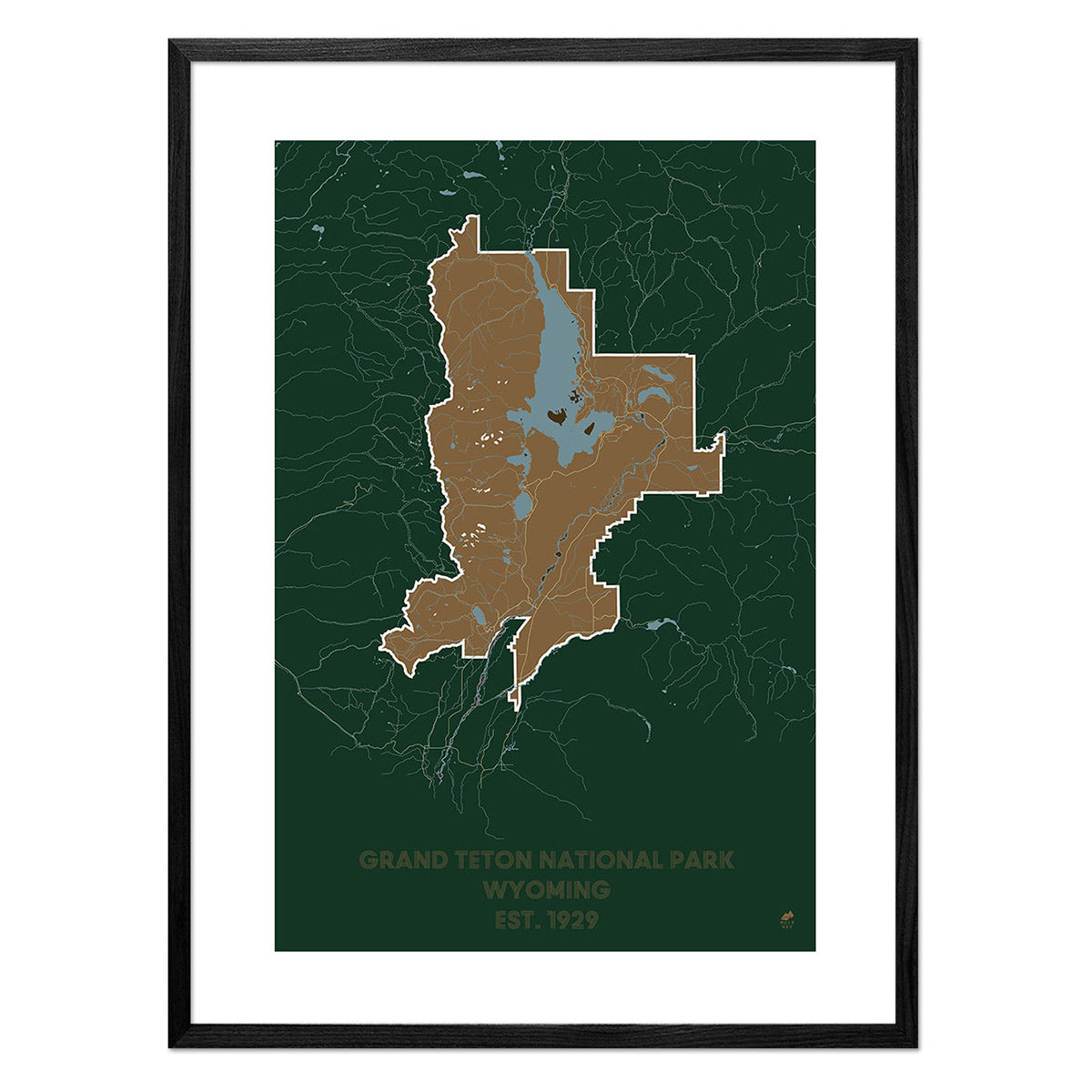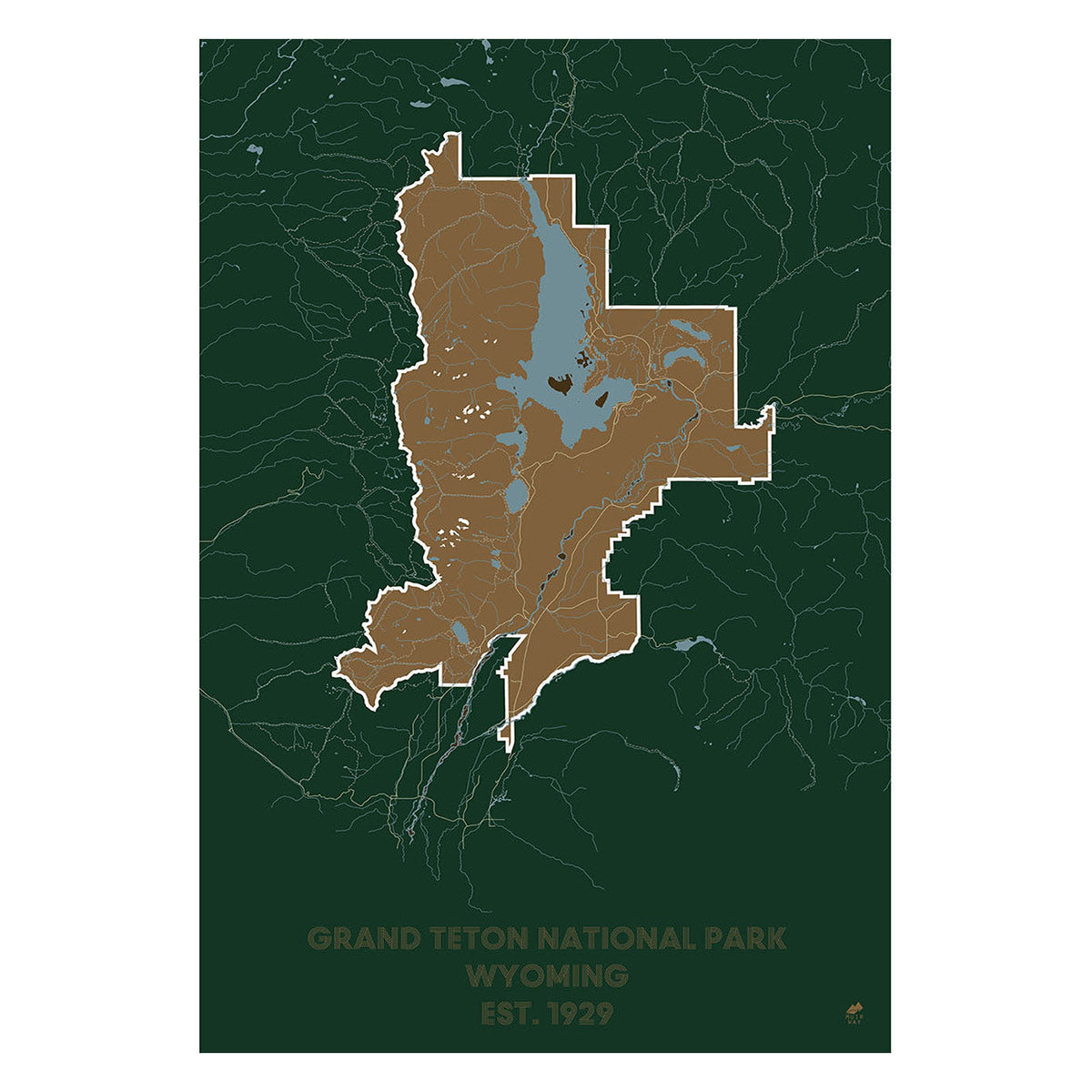National Parks Series
Maps of US National Parks
The birthplace of Muir Way, the National Park series is the original map compilation and remains a perennial favorite. These maps of US national parks are known for their elegant simplicity and can double as national park posters. We offer these clean and iconic designs in an array of seven color palettes. Their elegant simplicity, highlighting park boundaries, coastlines, water bodies, and glaciers, coupled with their aesthetic versatility, make these a great gift or addition to a wall. They have their genesis in the famous folded maps handed out by park rangers and visitors’ centers. We also offer a selection of Canadian park maps, including Banff and Jasper.
What Are the National Parks in the US?
National parks are now a global phenomenon, but they were born in the US with the creation of Yellowstone in 1872. This first park was proclaimed with the main purpose to preserve this unique, geothermal natural environment, and to place it under federal custodianship for posterity. The criteria to become a national park in the USA are comprehensive and can be viewed here: Criteria for New National Parks (npshistory.com). However, in summation: a place must possess nationally significant natural, cultural, or recreational resources; be a suitable and feasible addition to the system; and require direct National Park System management instead of protection by some other governmental agency.
How Did John Muir Become Father of the National Parks?
John Muir was a Scottish-American naturalist who lived from 1838-1914. Although wearing many hats, like author, environmental philosopher, botanist, zoologist, glaciologist, his first love was geology. He was inspired by the Sierra Nevada of California, giving him the nickname, “John of the Mountains.” He was also instrumental in the formation of the Sierra Club. Yosemite and Sequoia National Parks owe much of their existence to his efforts to influence congress to pass the 1890 bill establishing Yosemite as a national park.
How Many National Park Posters are There?
We have 65 maps in our national park series. We have familiar favorites like Mt. Rainier, Yellowstone, Yosemite, Grand Canyon, Great Smoky Mountains, Acadia, and Everglades, and hidden natural gems, like Isle Royal, Congaree, Big Bend, North Cascades, Pinnacles, and Mammoth Cave. We also cover our non-contiguous states and territories, from Gates of the Arctic to Hawai’i Volcanoes, and even the Virgin Islands National Park. Our poster series includes Canada’s most treasured parks, from Pacific Rim in British Columbia to Saguenay and St. Lawrence in Quebec.
What Style Are the Old National Park Posters?
Our national park posters have a beloved and known muse, the folded national park maps you receive when you enter a park or stroll into a visitors center. They are traditionally in shades of earthy greens and olive tones, with glaciers illustrated in white, and water in light blue; shaded relief, with roads, tracks, and trails are indicated. Our US national park series stays true to this easy-to-read, iconic mapping style, while reimagining it for elegant home display. We take the traditional, well-known US park map and turn it into map art.
How Many National Parks in the US?
There are 63 national parks in the National Parks System (NPS), with the NPS responsible for a total of 423 sites: these include national monuments, national historic sites, national parkways, national scenic rivers, even the national mall.
What Are the Most Popular US National Parks?
2020 Top Ten National Parks with annual visitor numbers in millions:
- Great Smoky Mountains | 12.1-mil
- Yellowstone | 3.8-mil
- Zion | 3.6-mil
- Rocky Mountain | 3.3-mil
- Grand Teton | 3.3-mil
- Grand Canyon | 2.9-mil
- Cuyahoga Valley | 2.8-mil
- Acadia | 2.7-mil
- Olympic | 2.5-mil
-
Joshua Tree | 2.4-mil
The popularity of a particular US National Park is by no means an indicator of scenic wonder or natural assets. Popularity has more to do with east-of-access or those parks that have reputations that precede it. Some lesser known parks are equally as wondrous.

